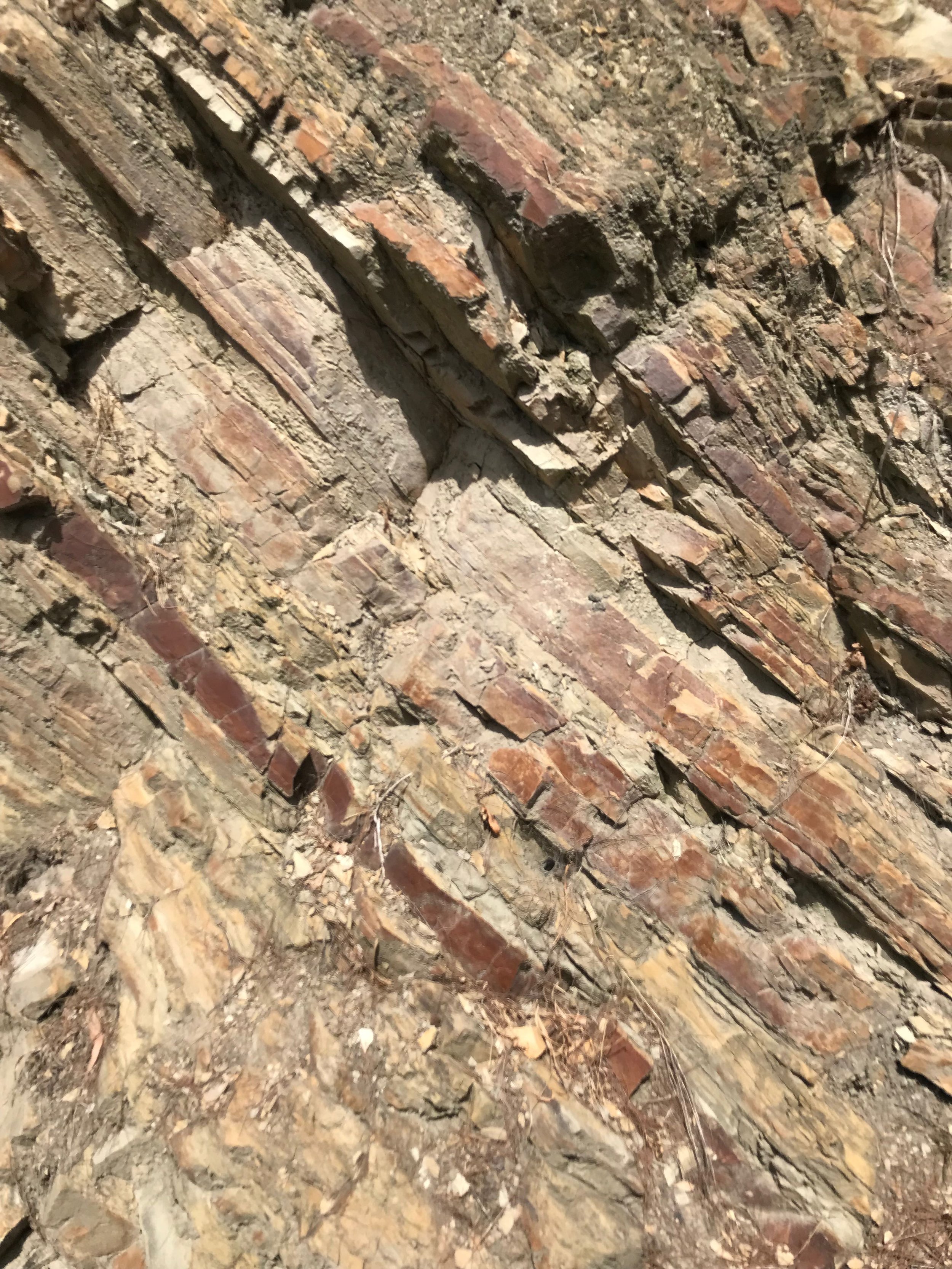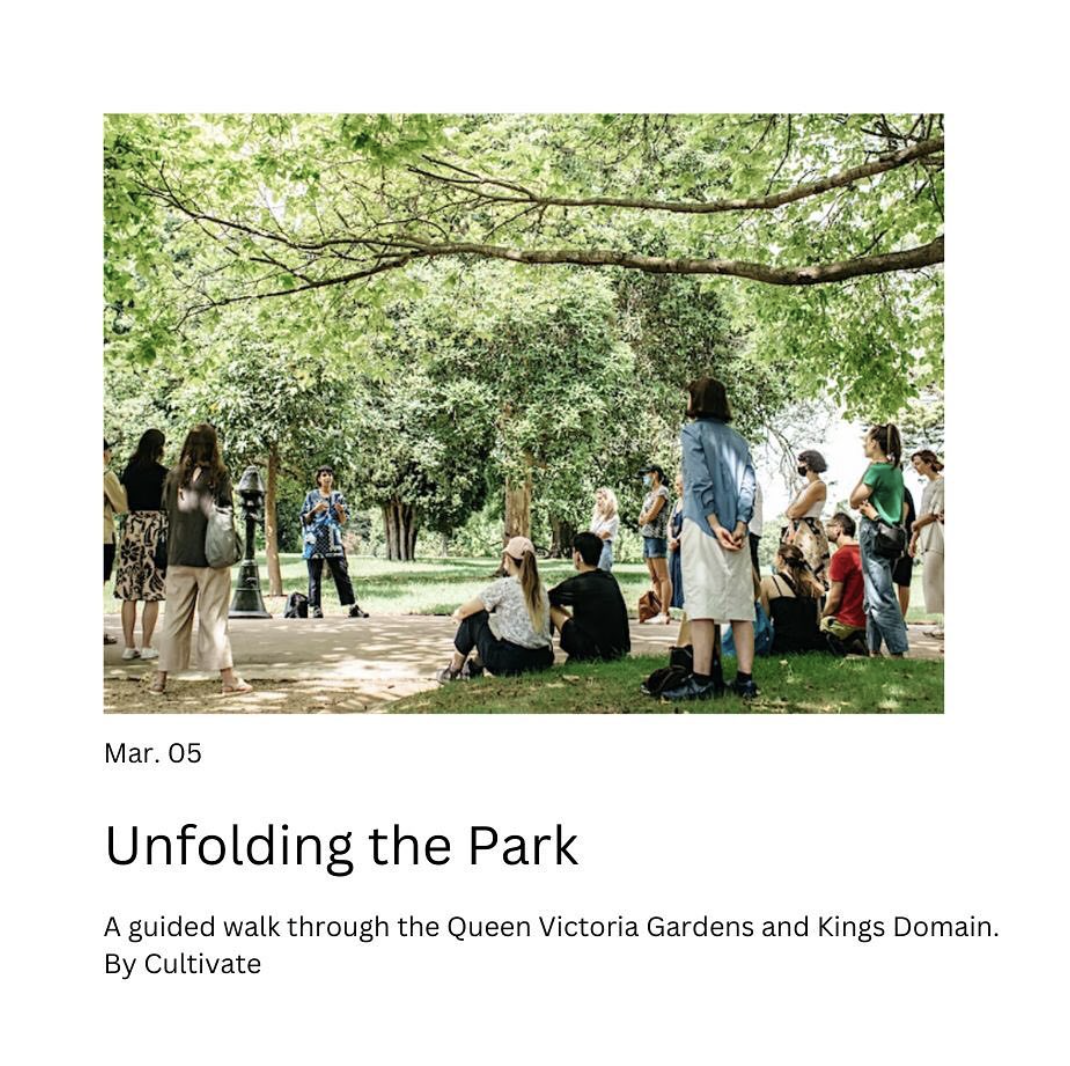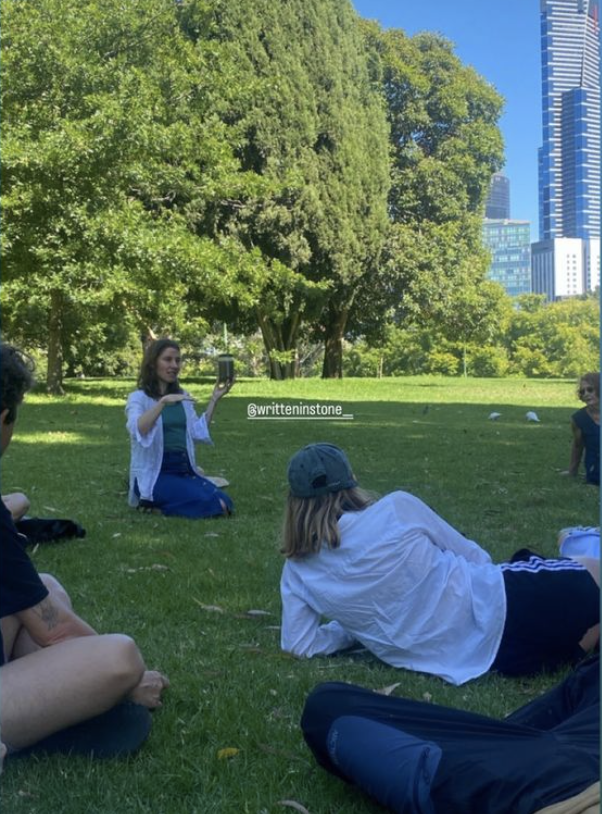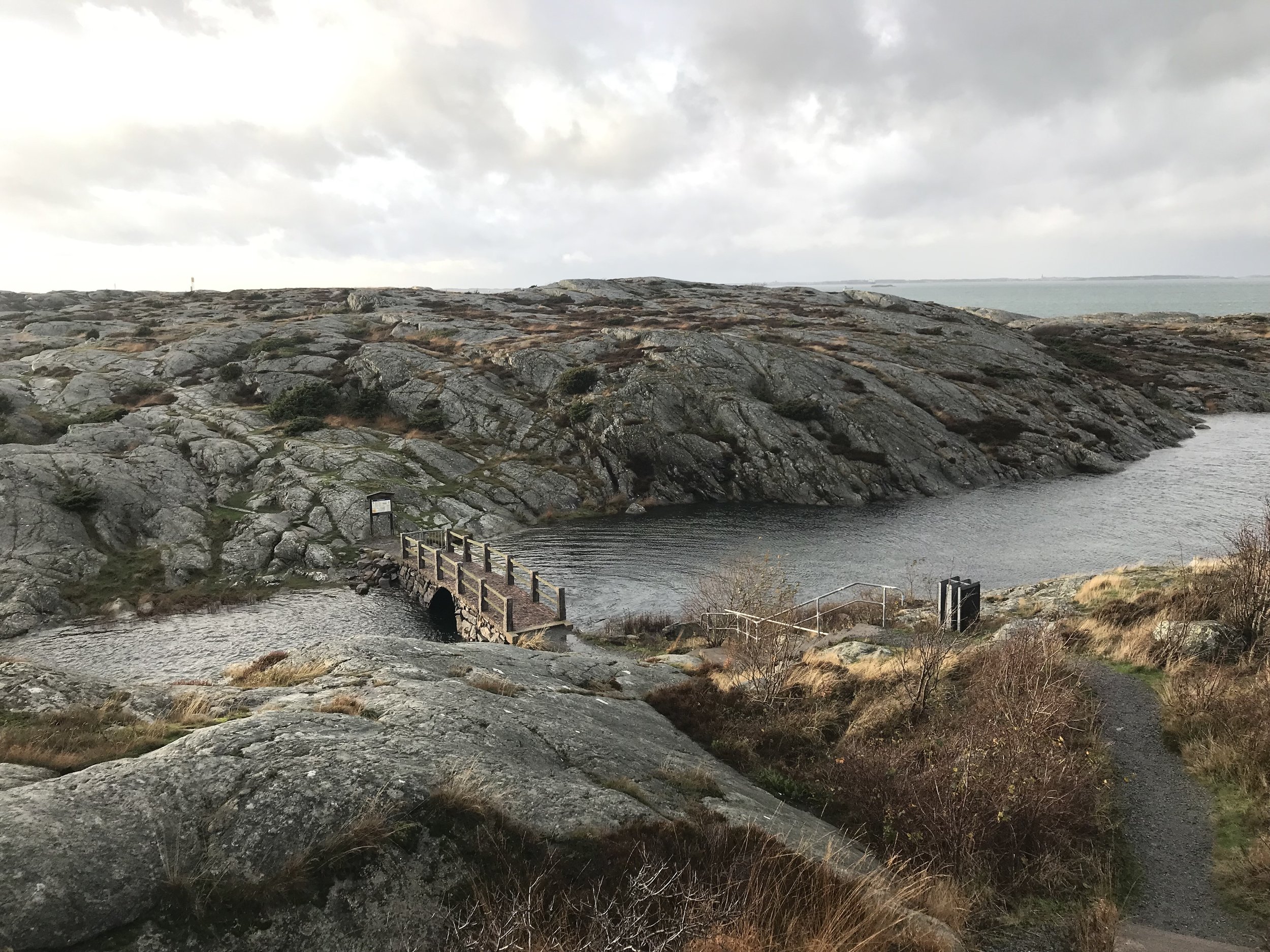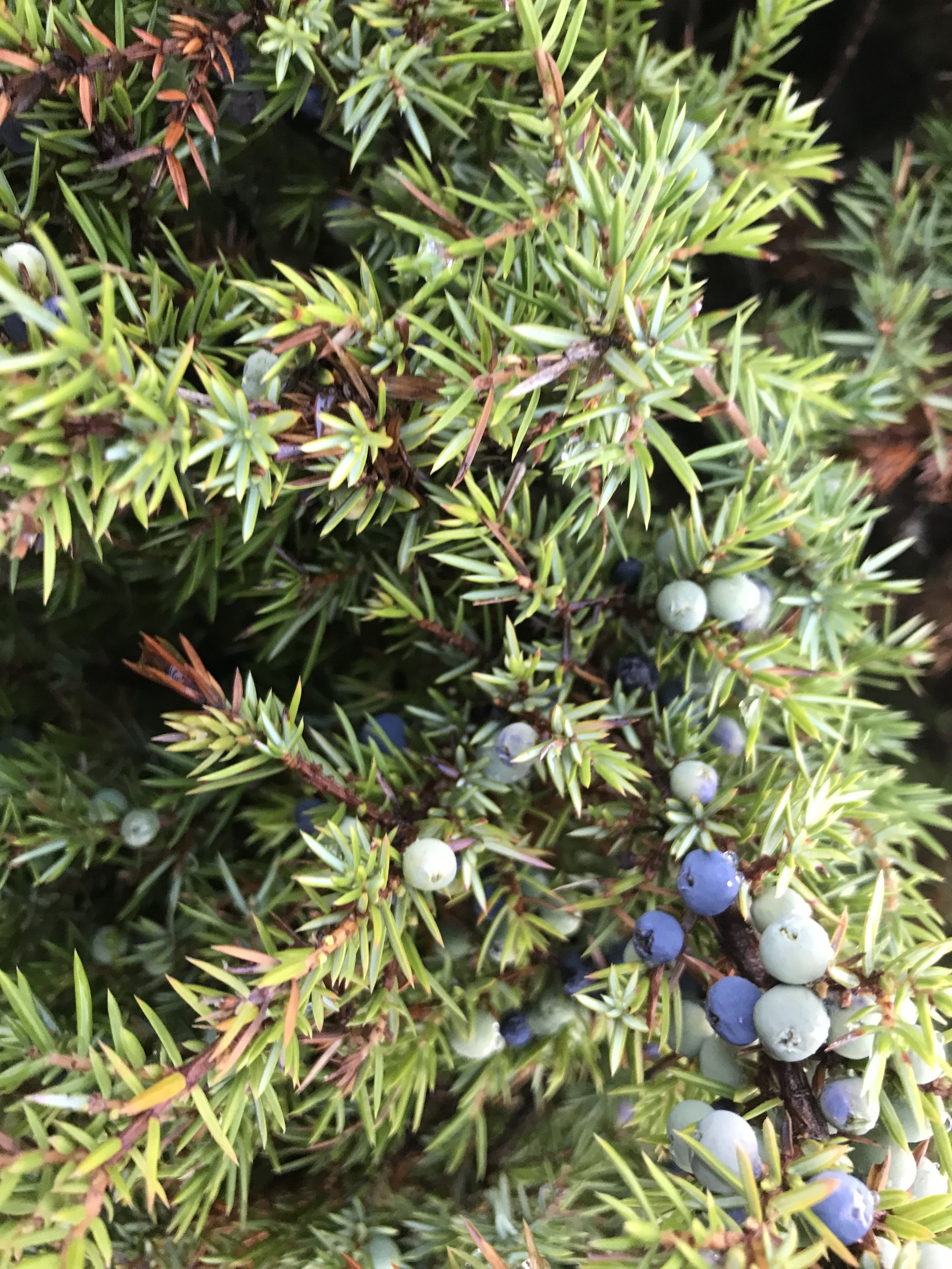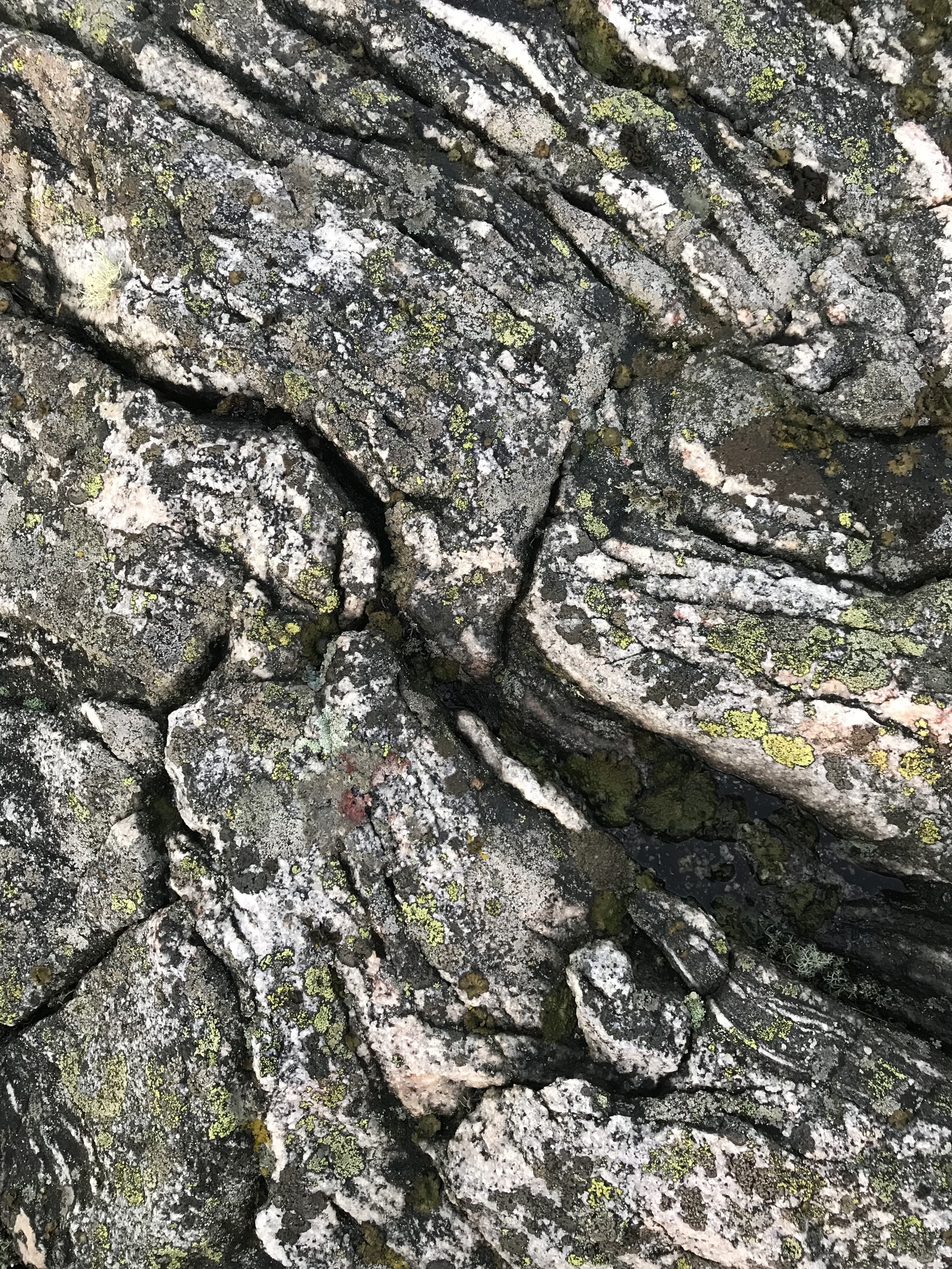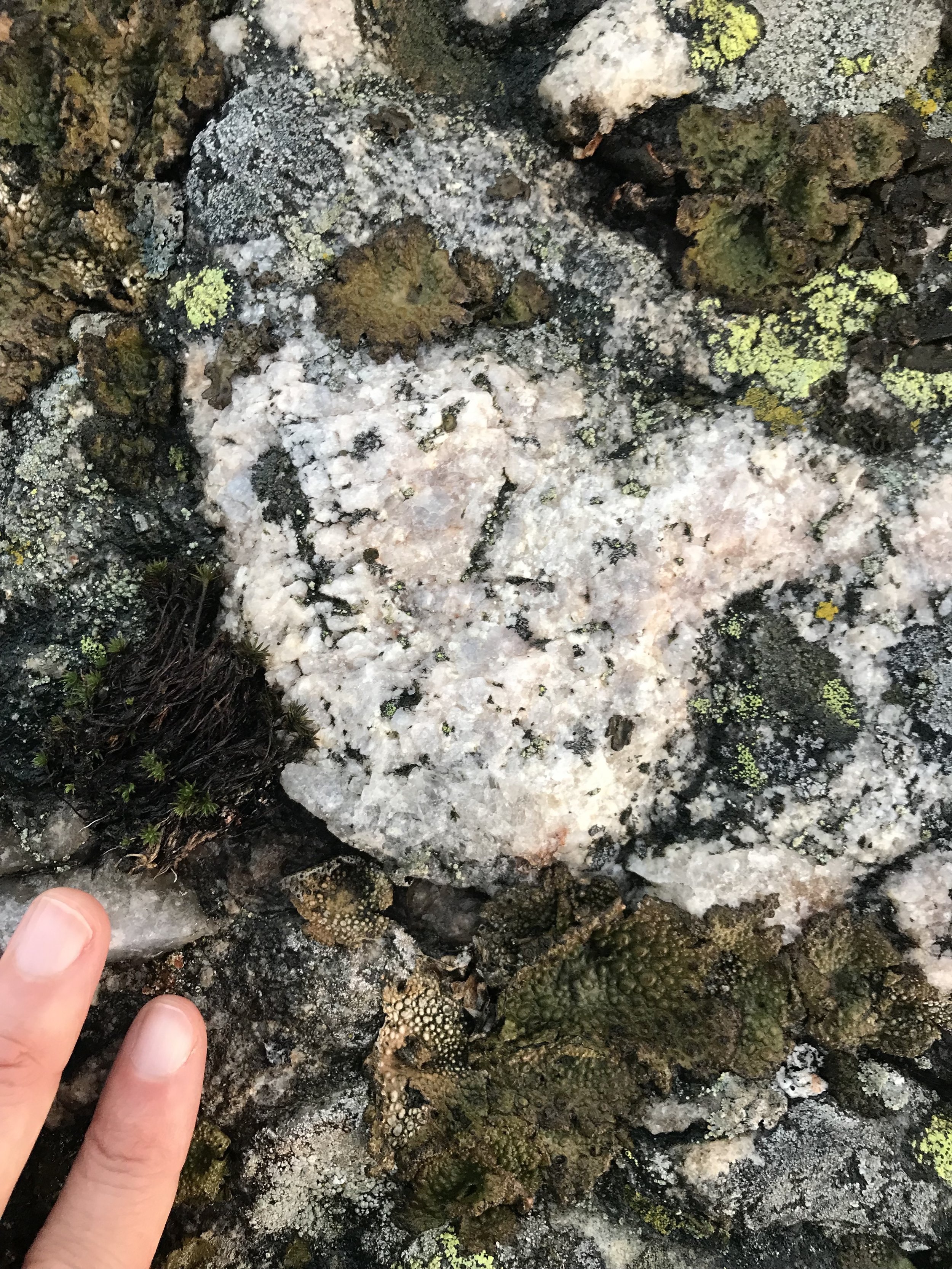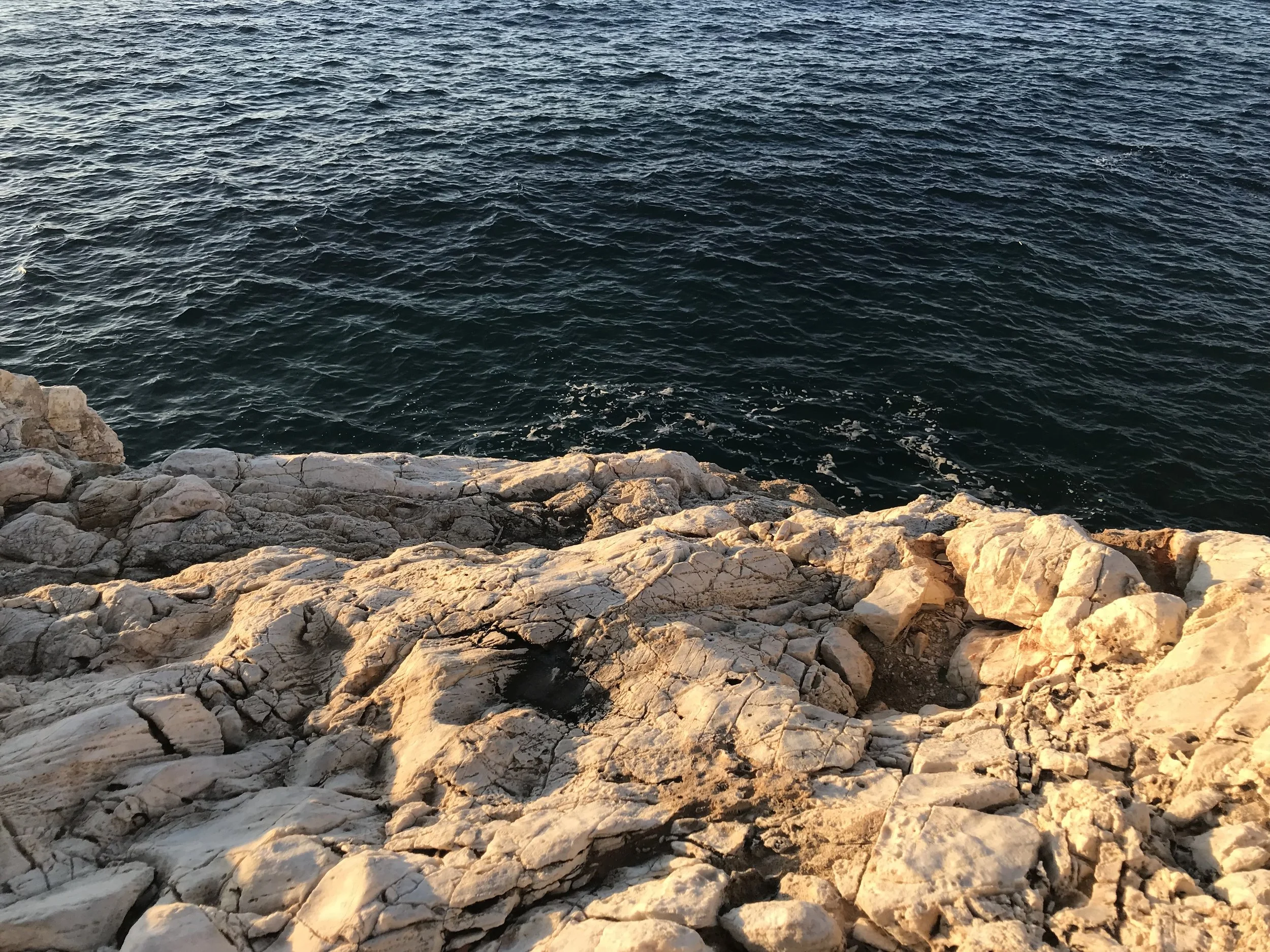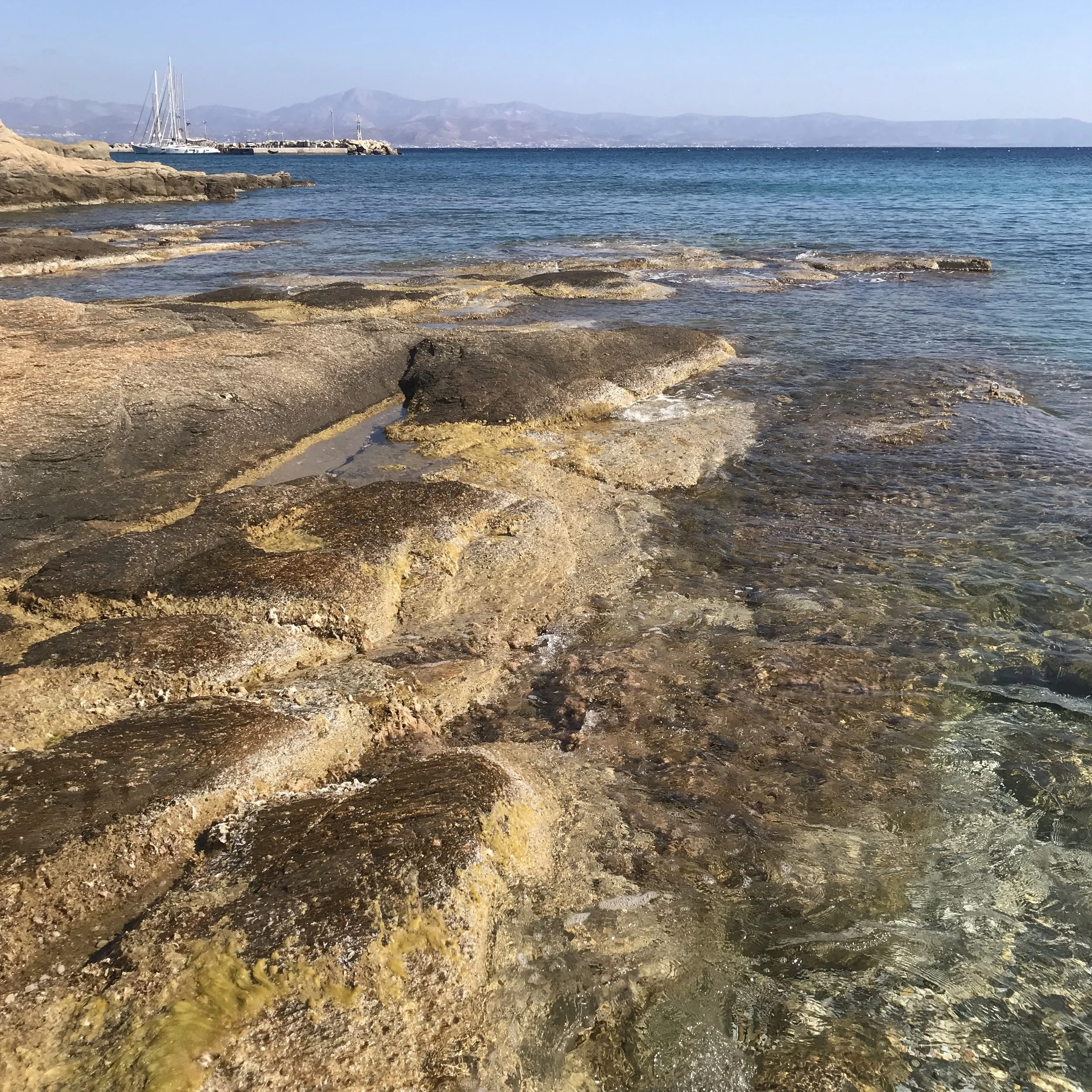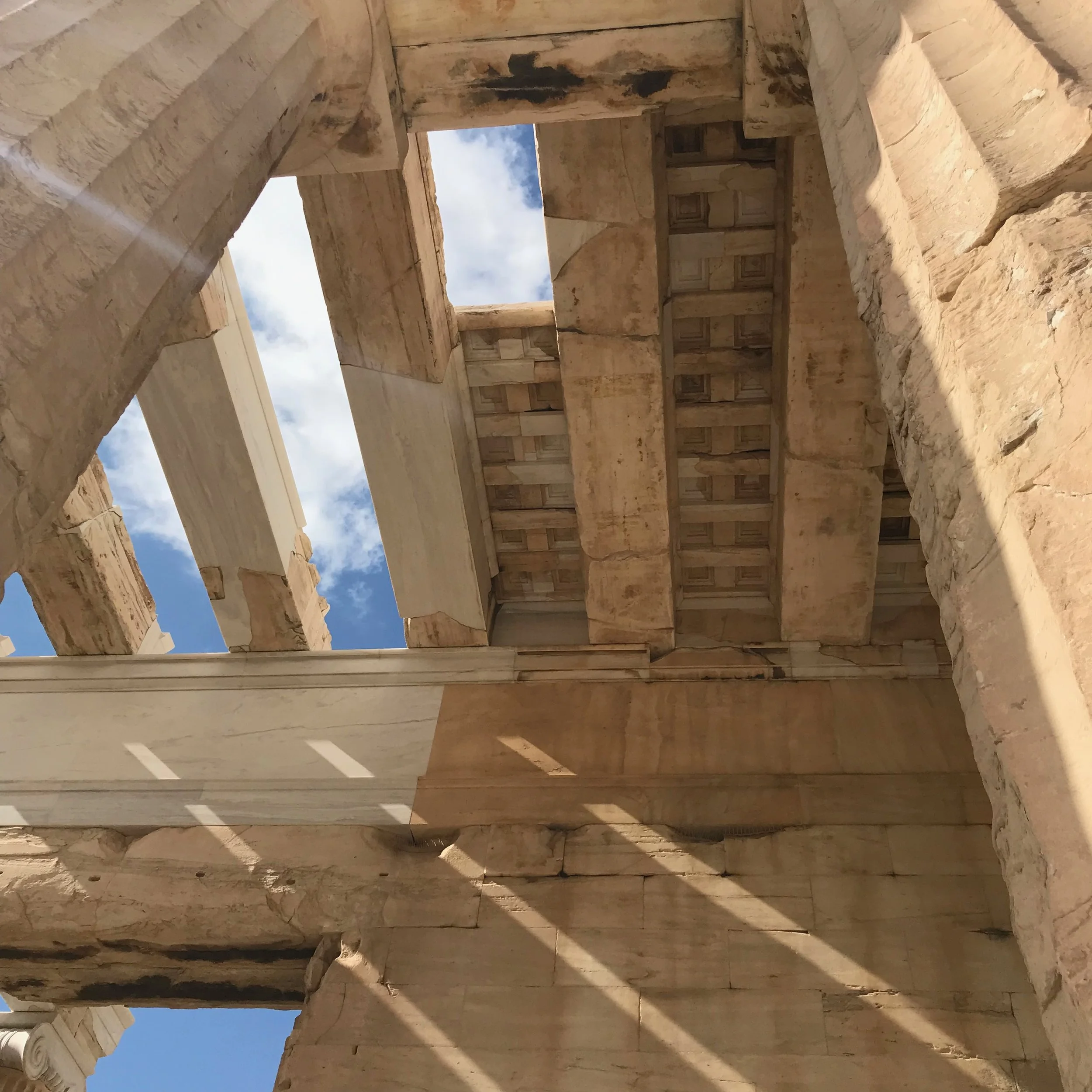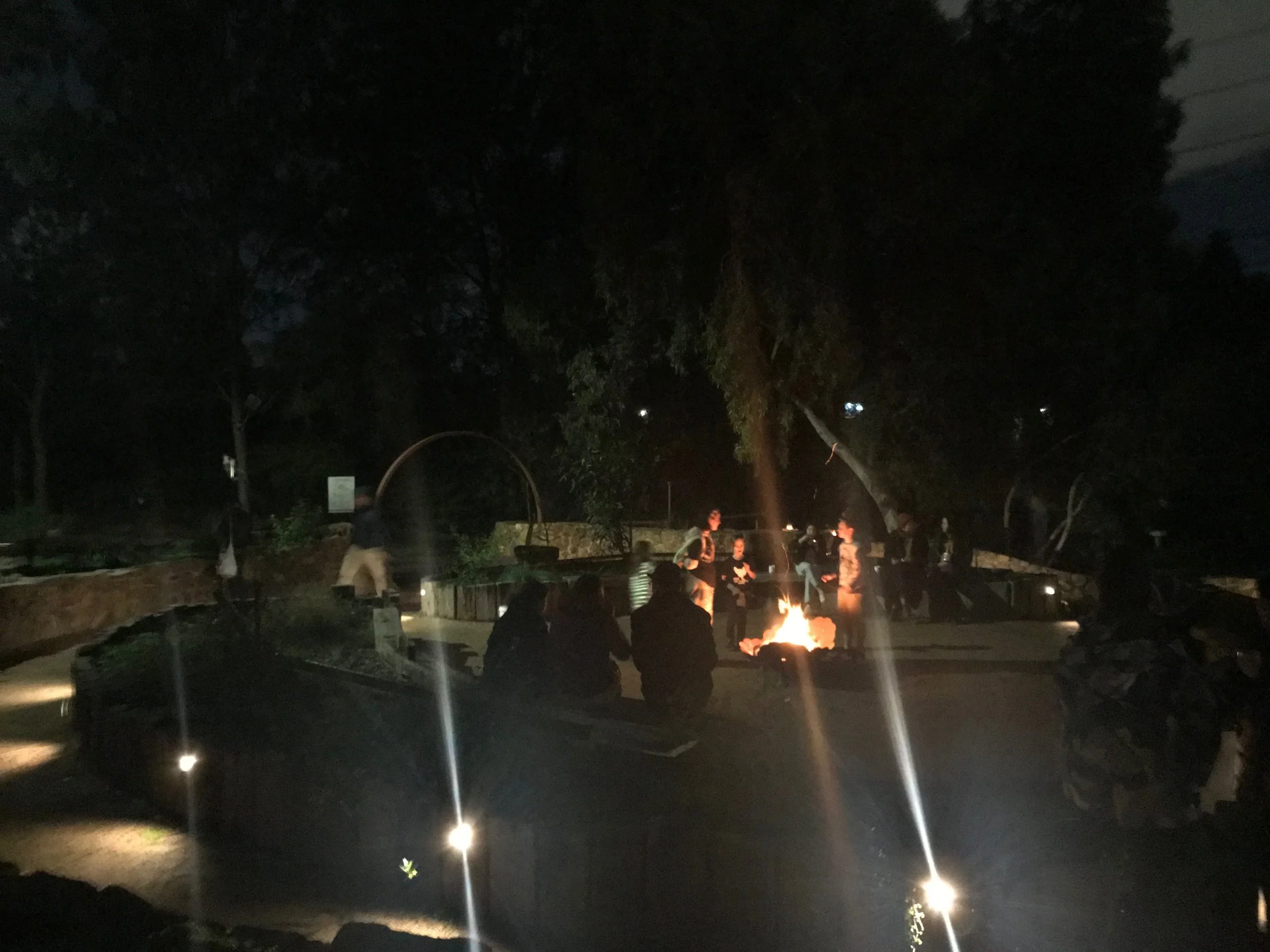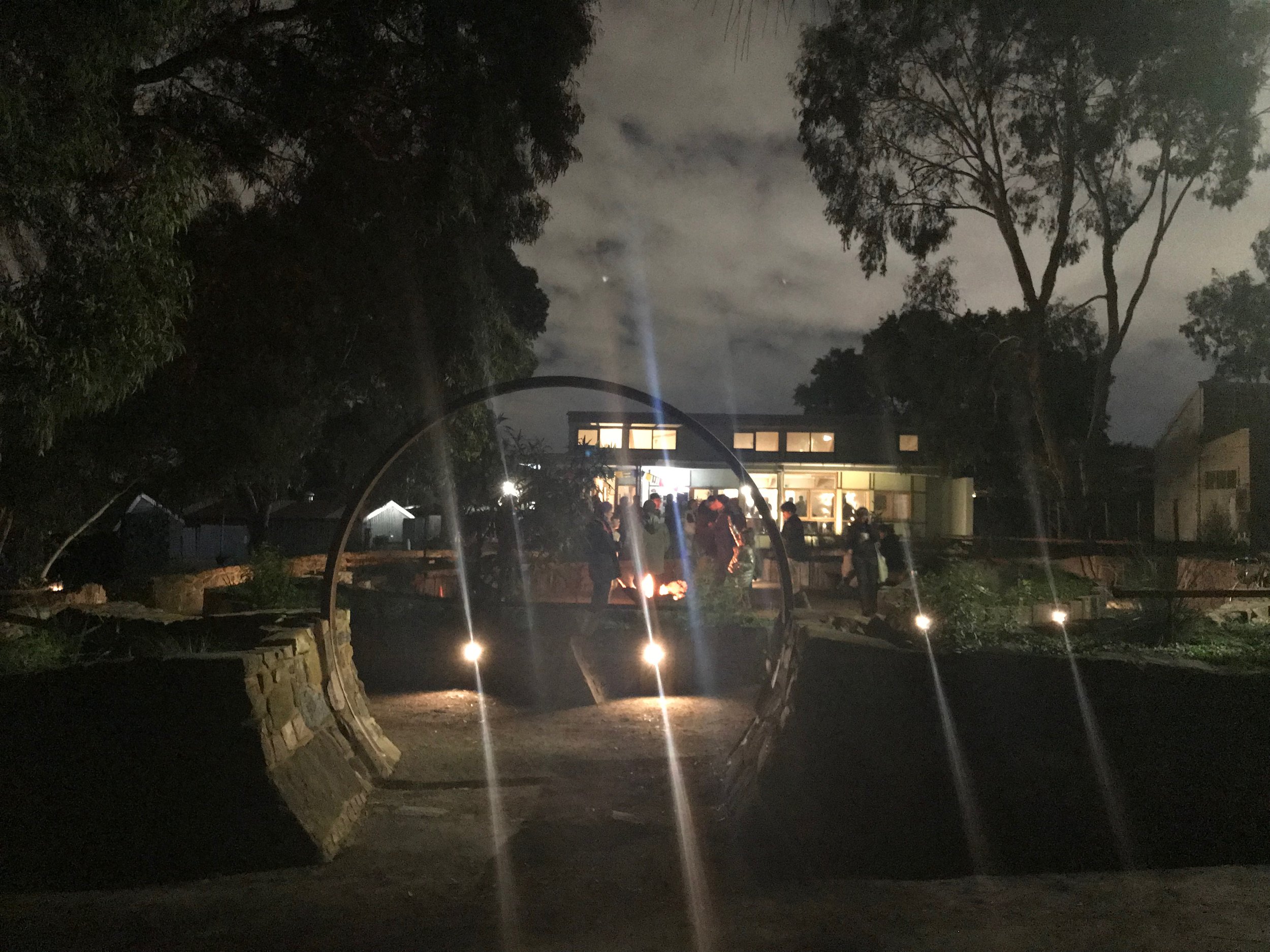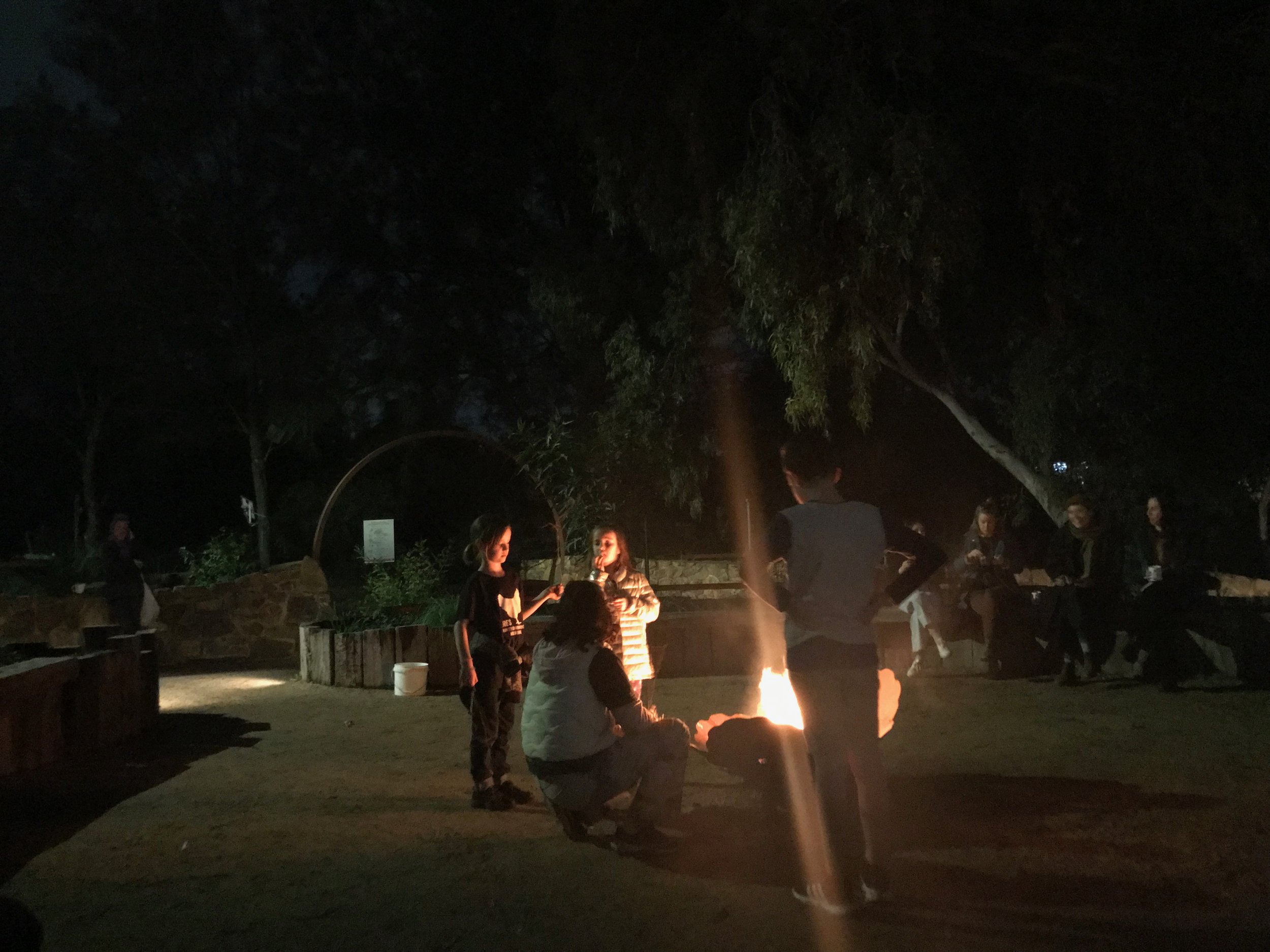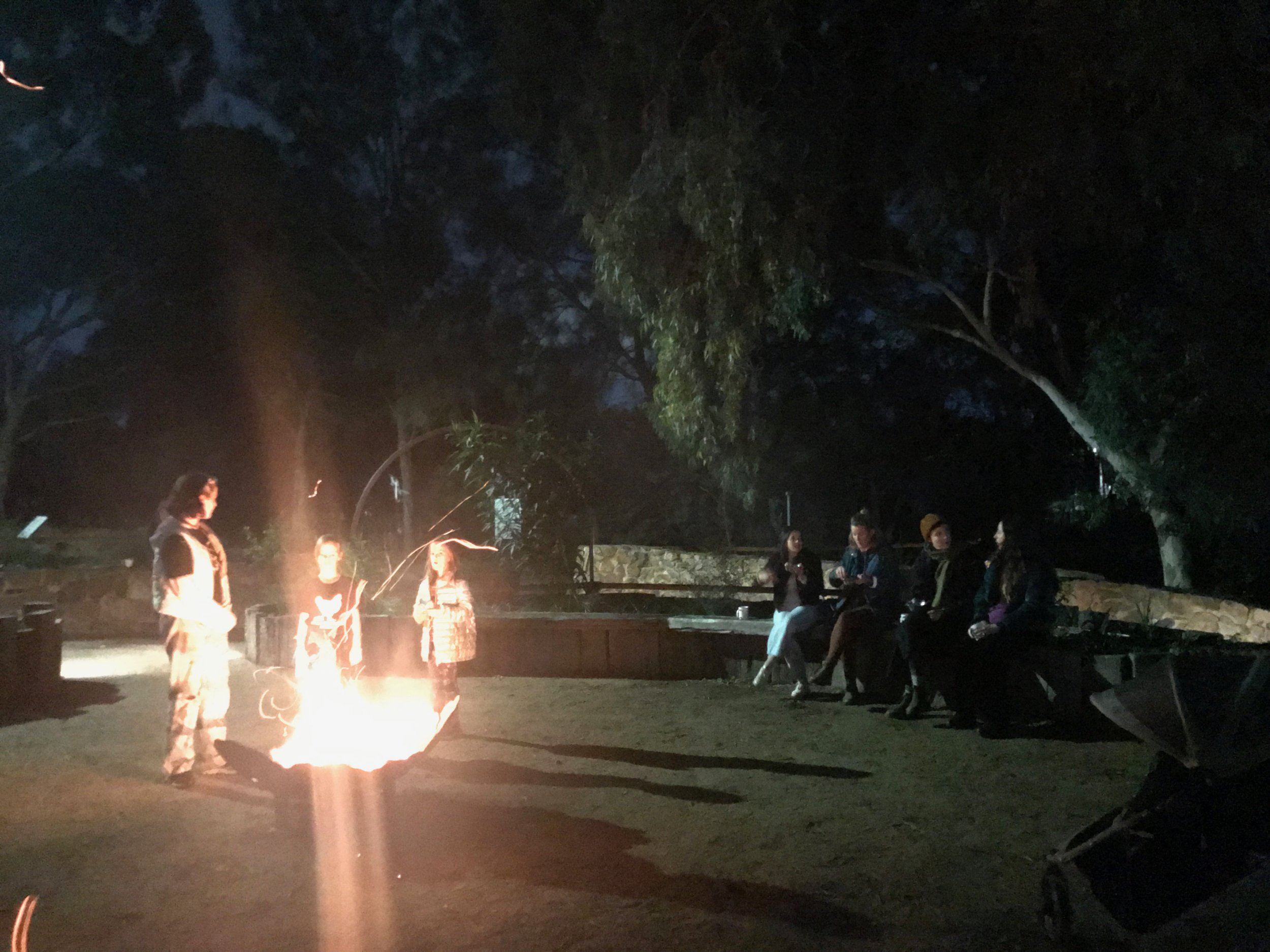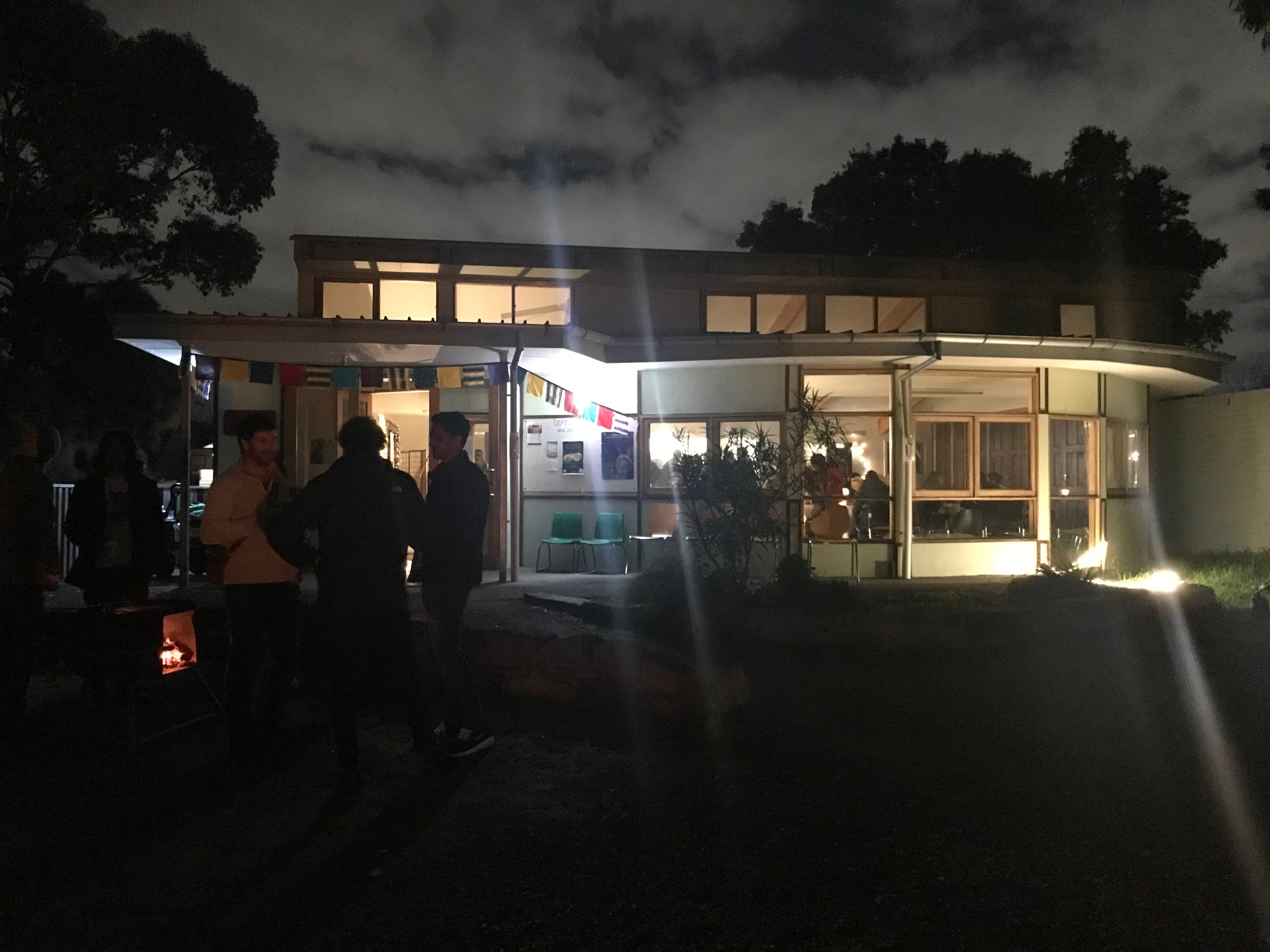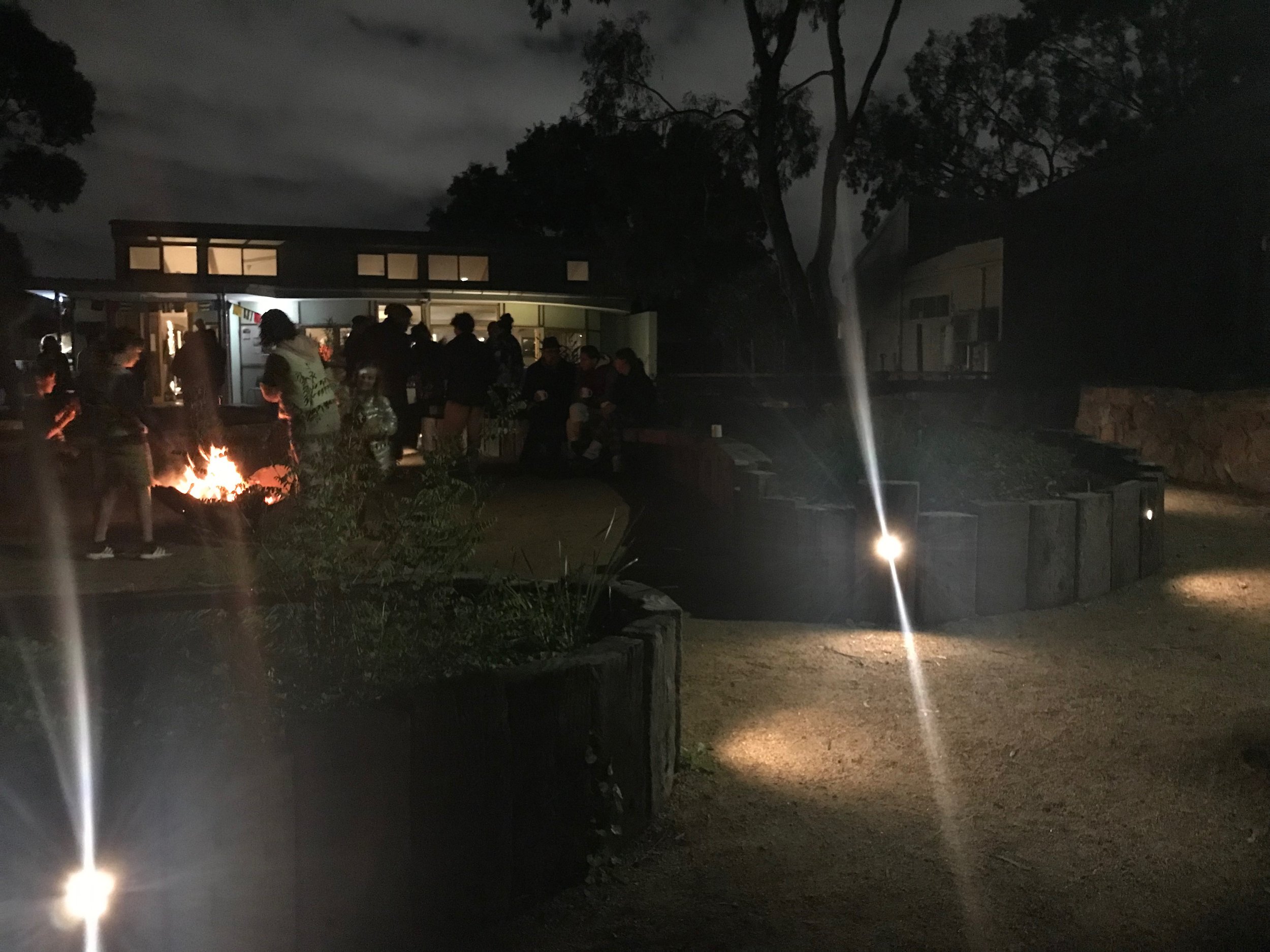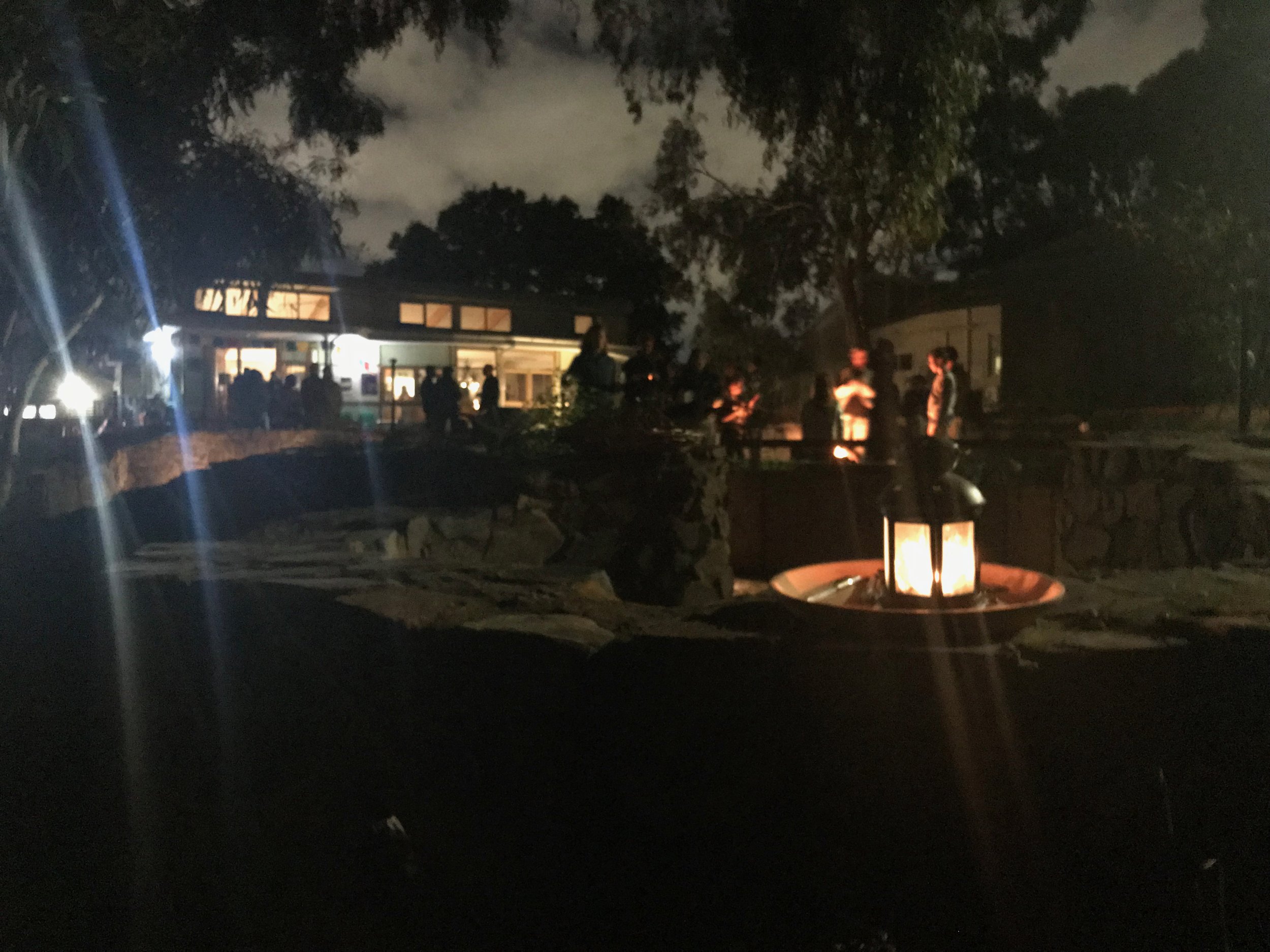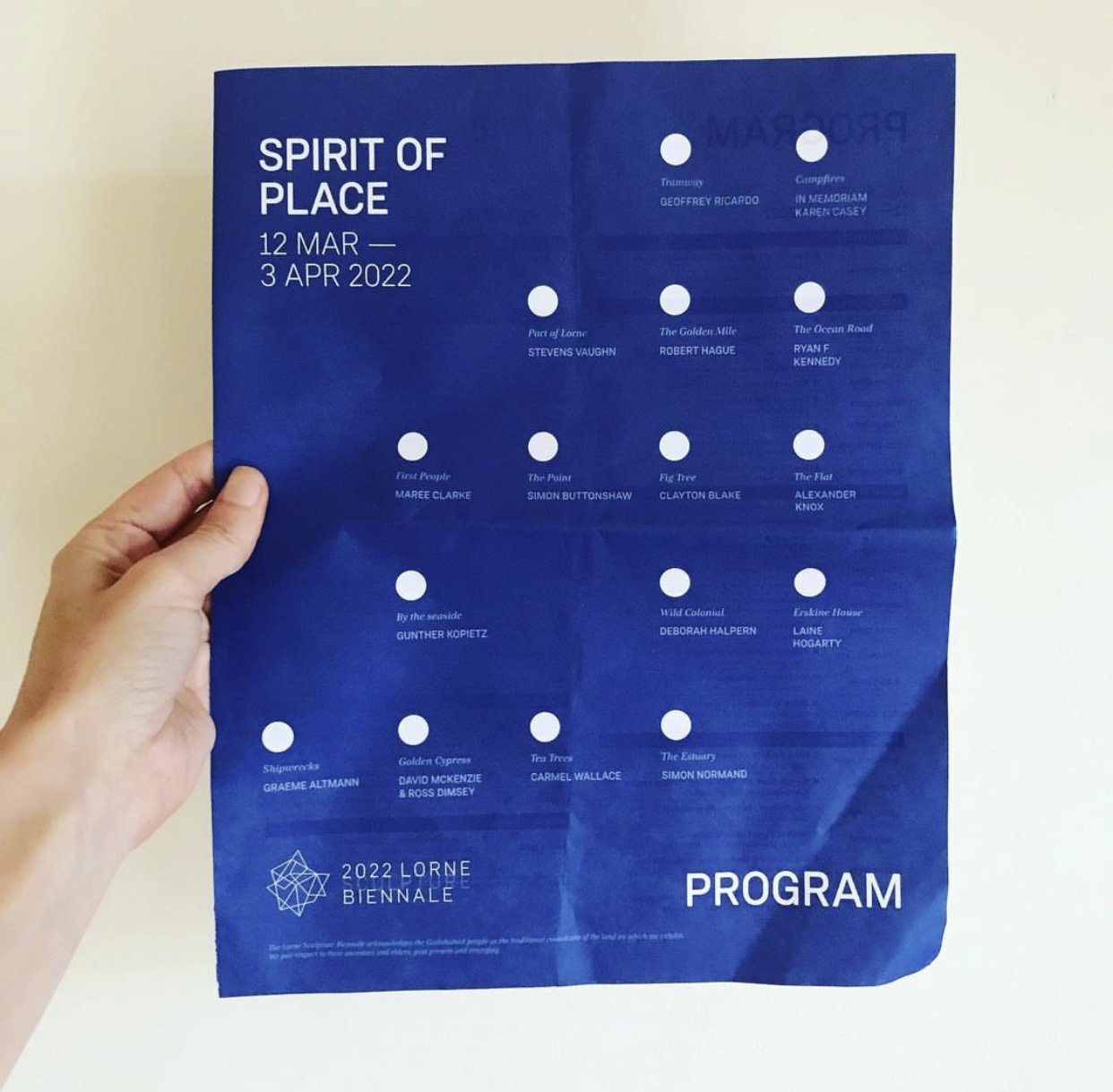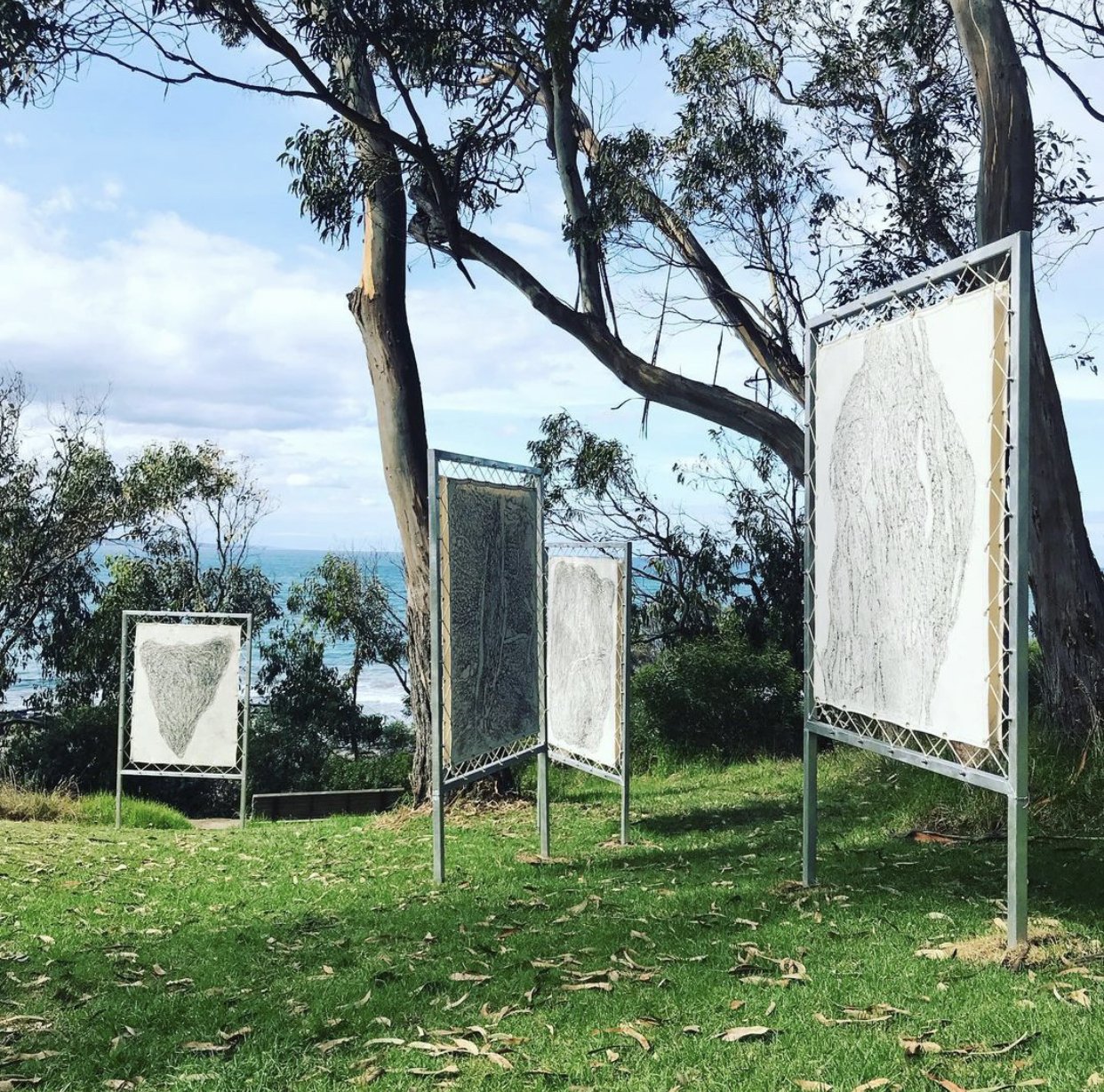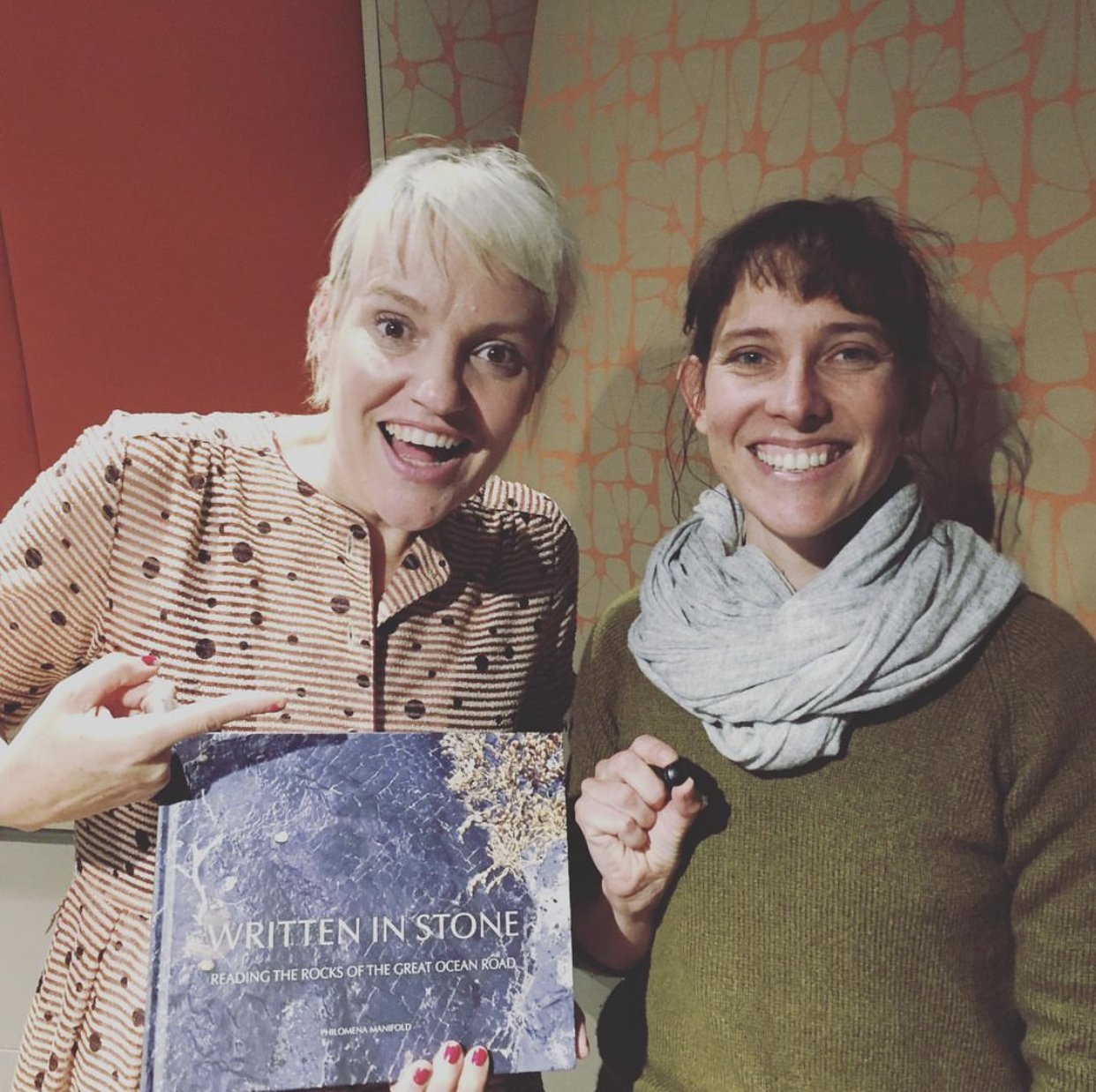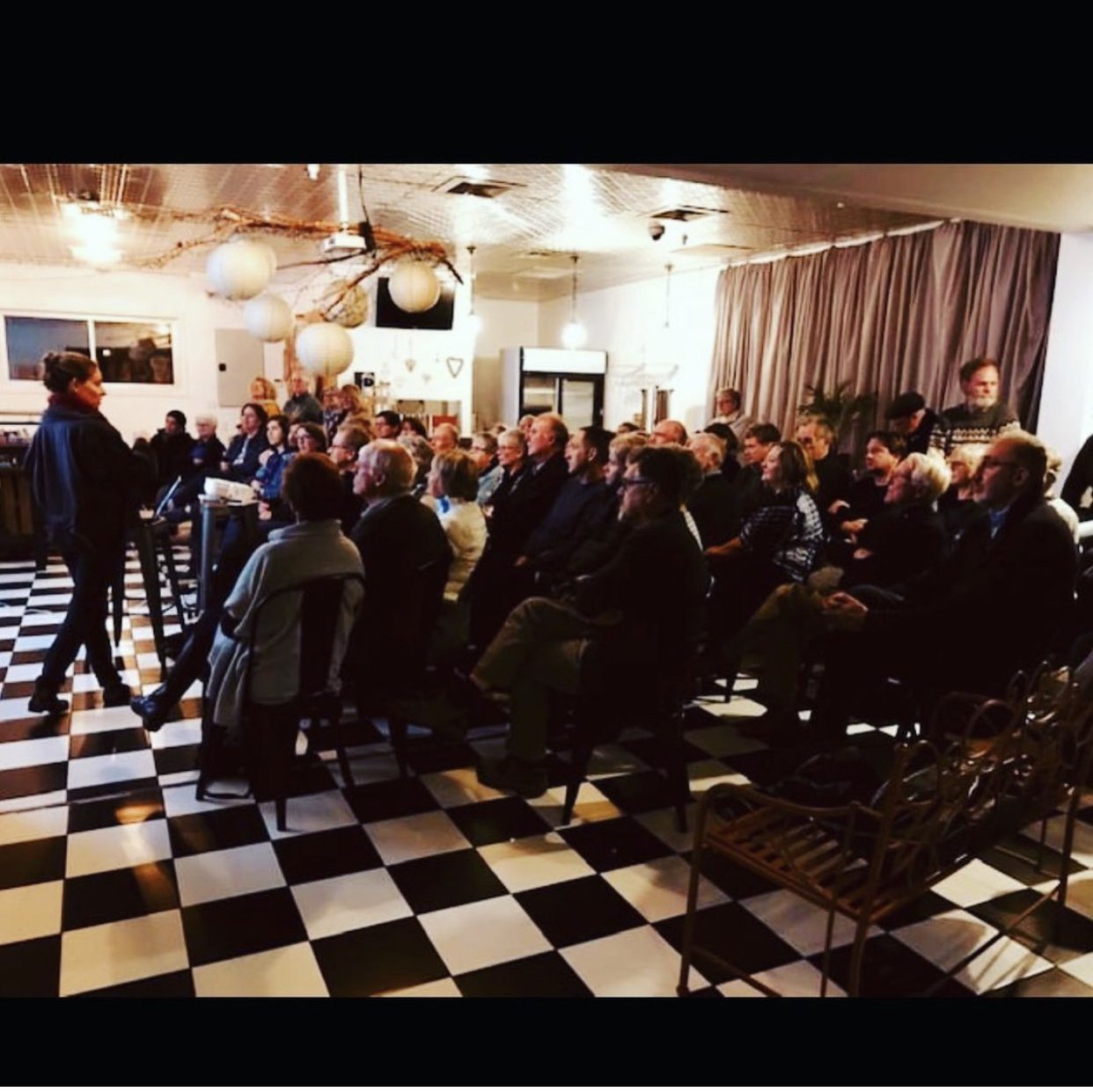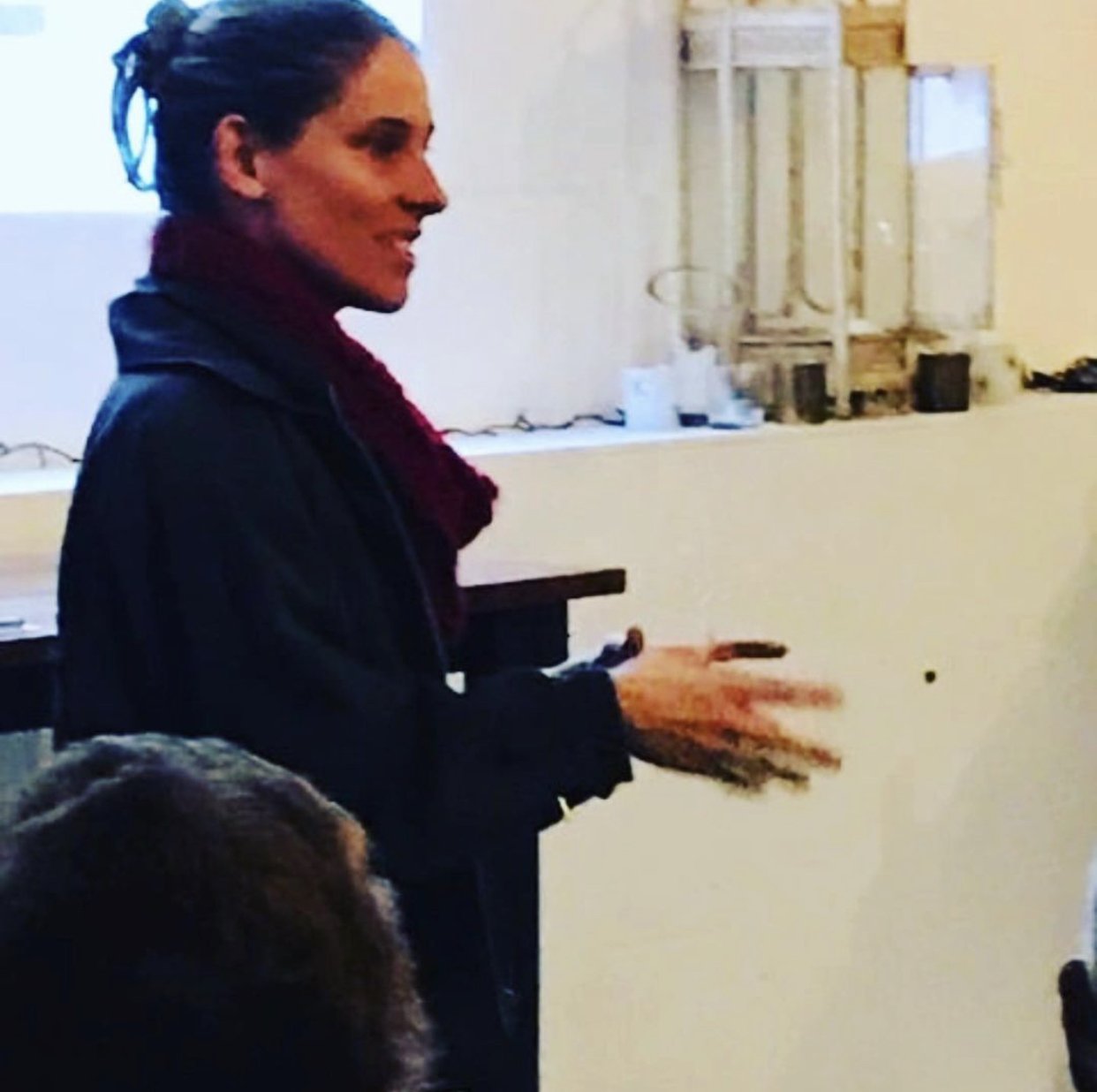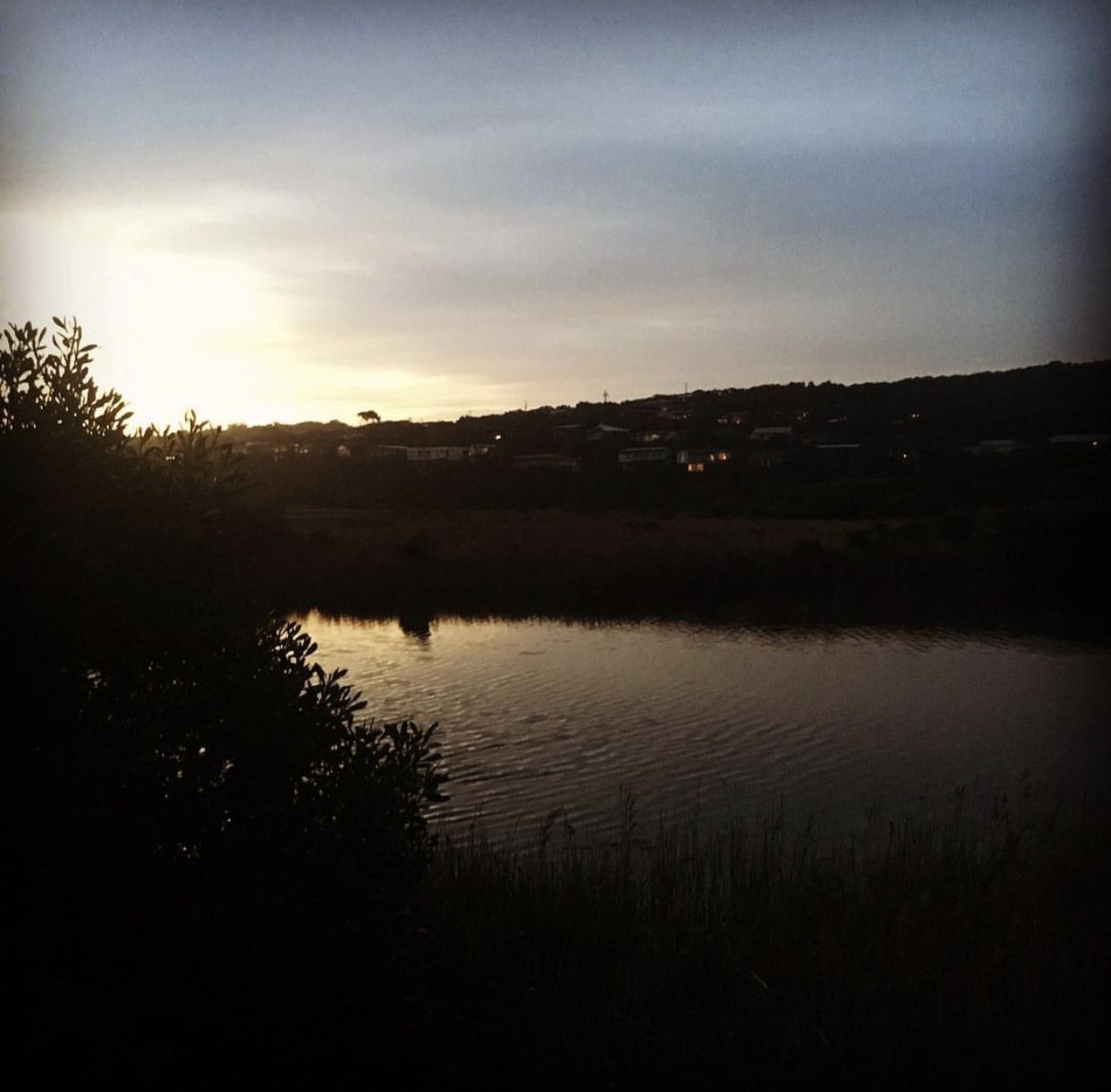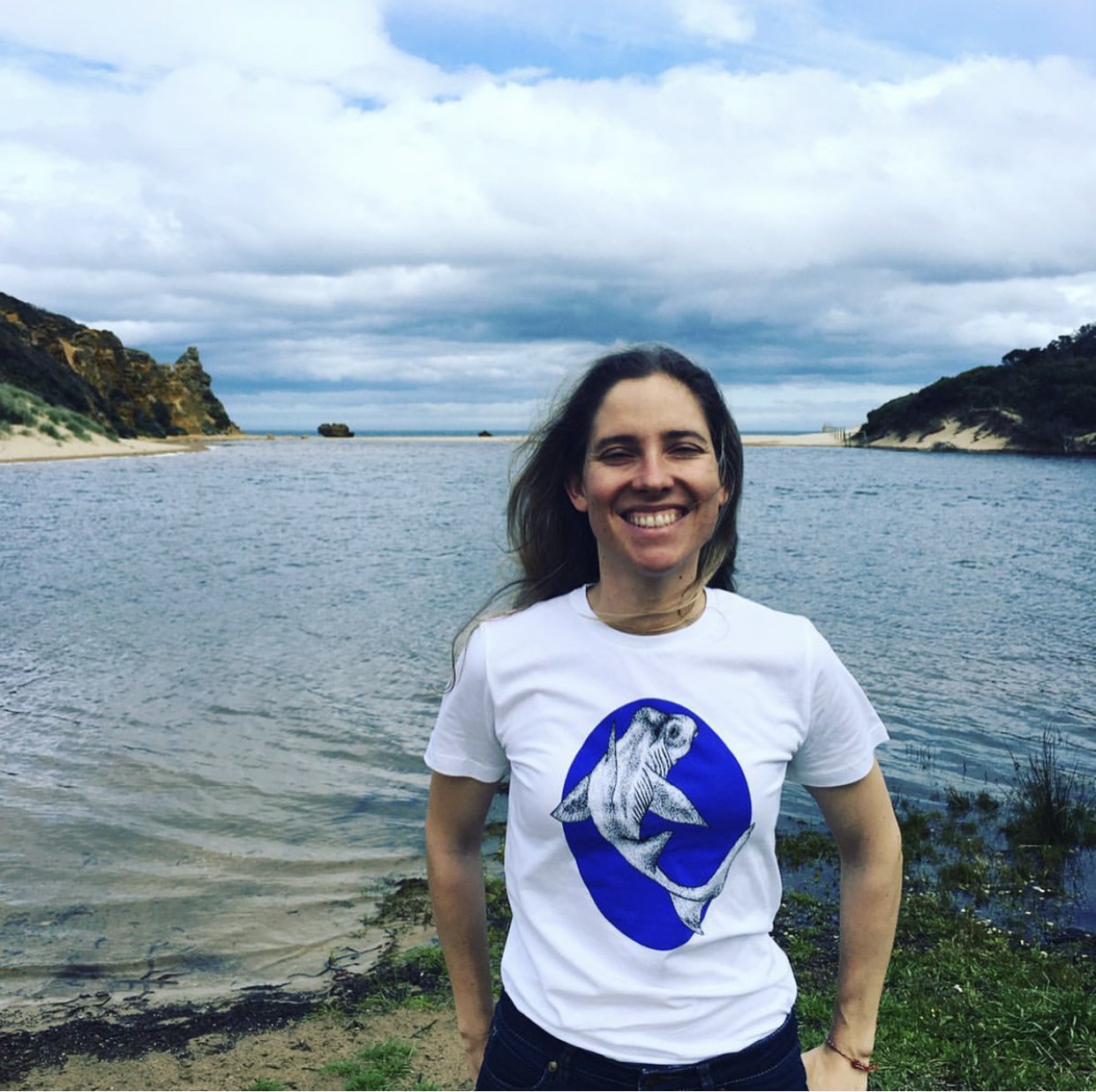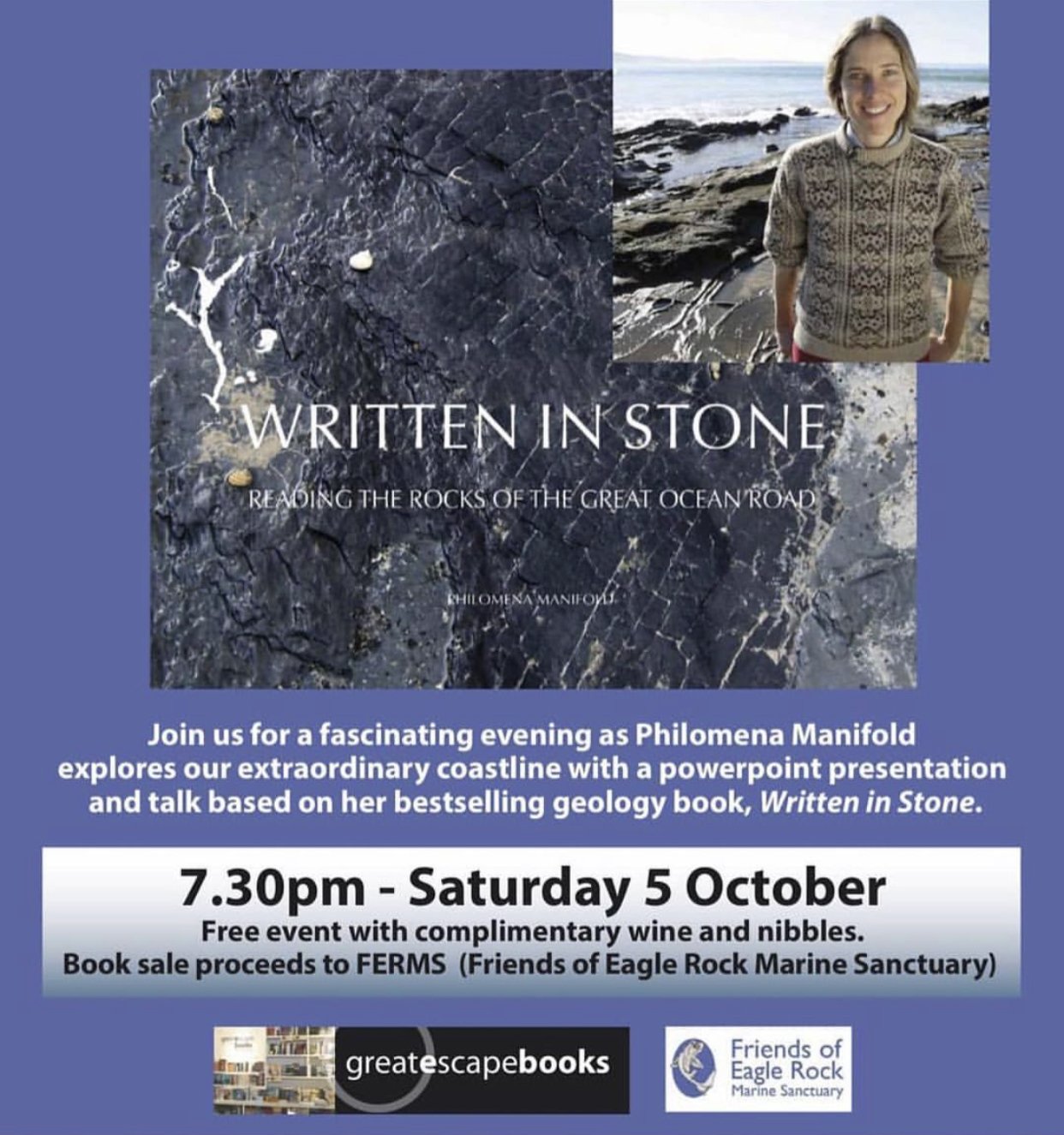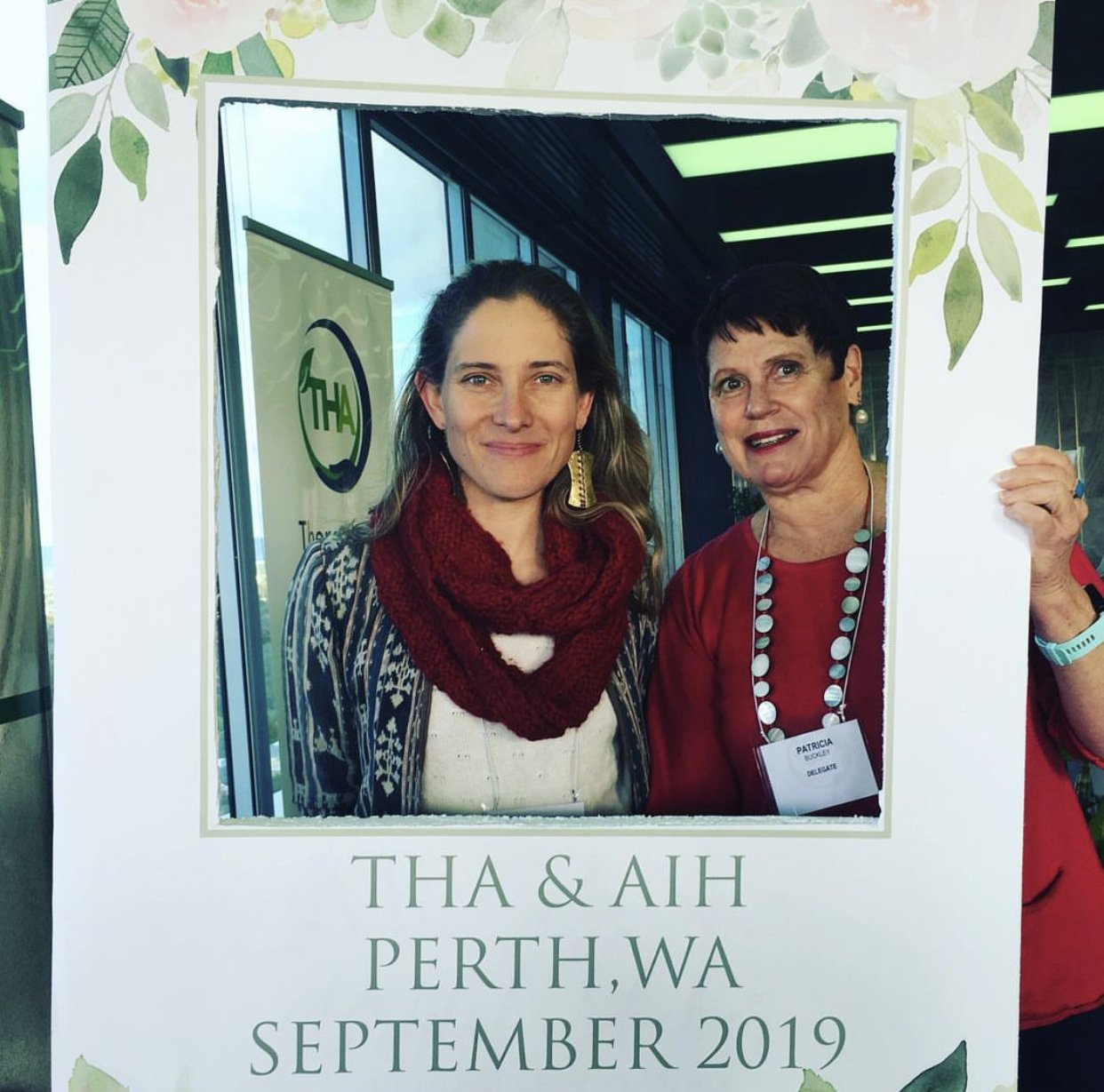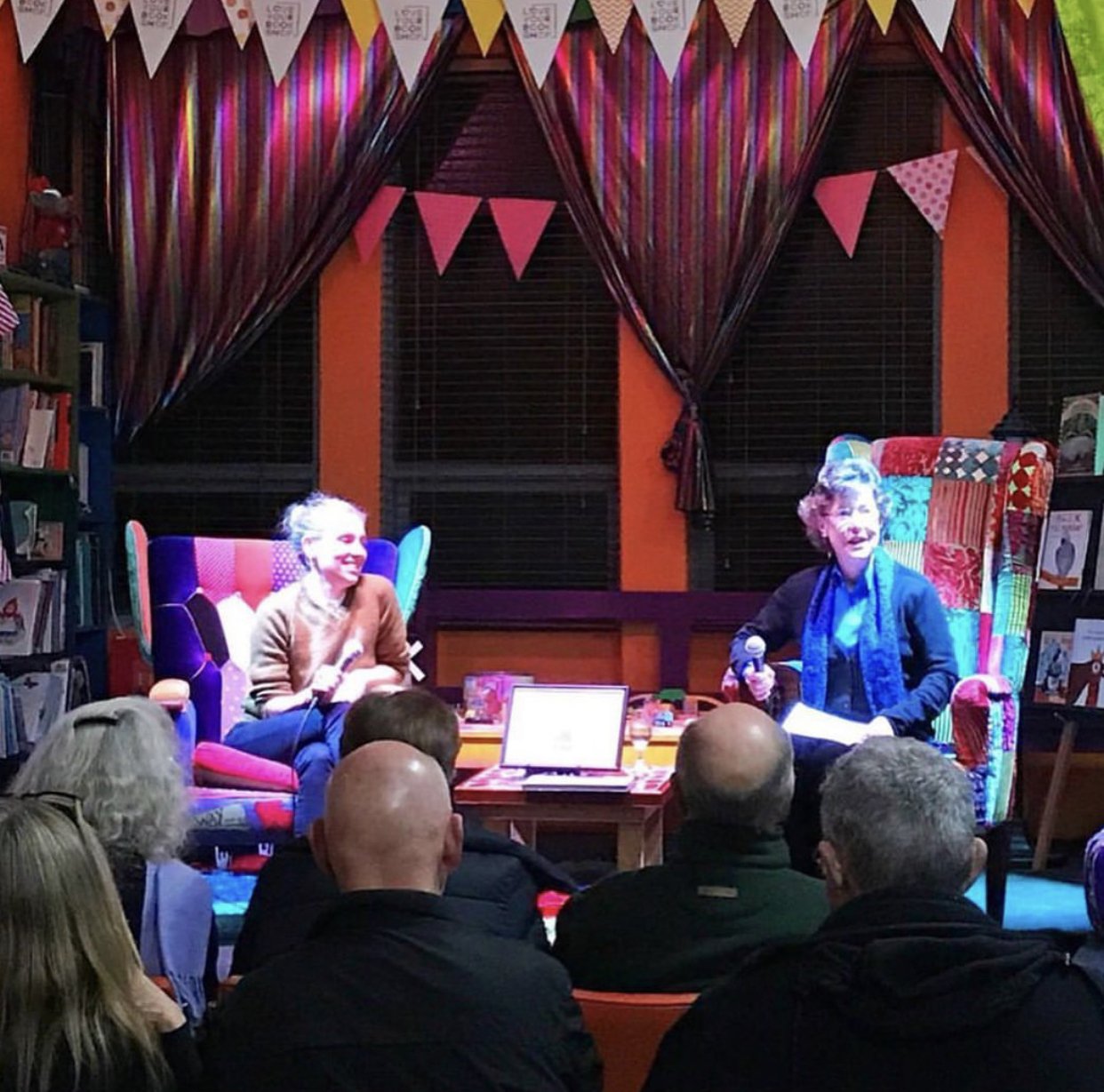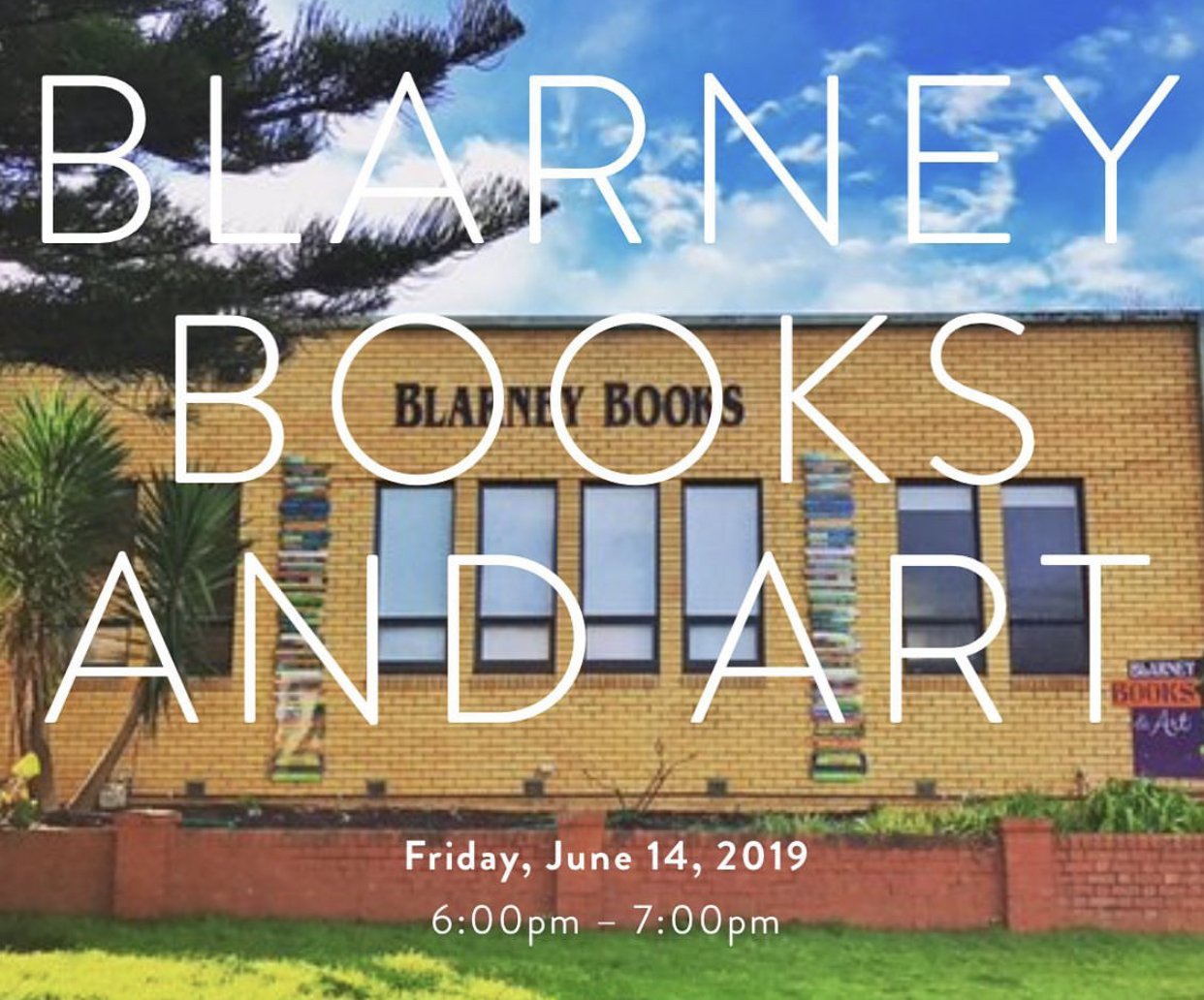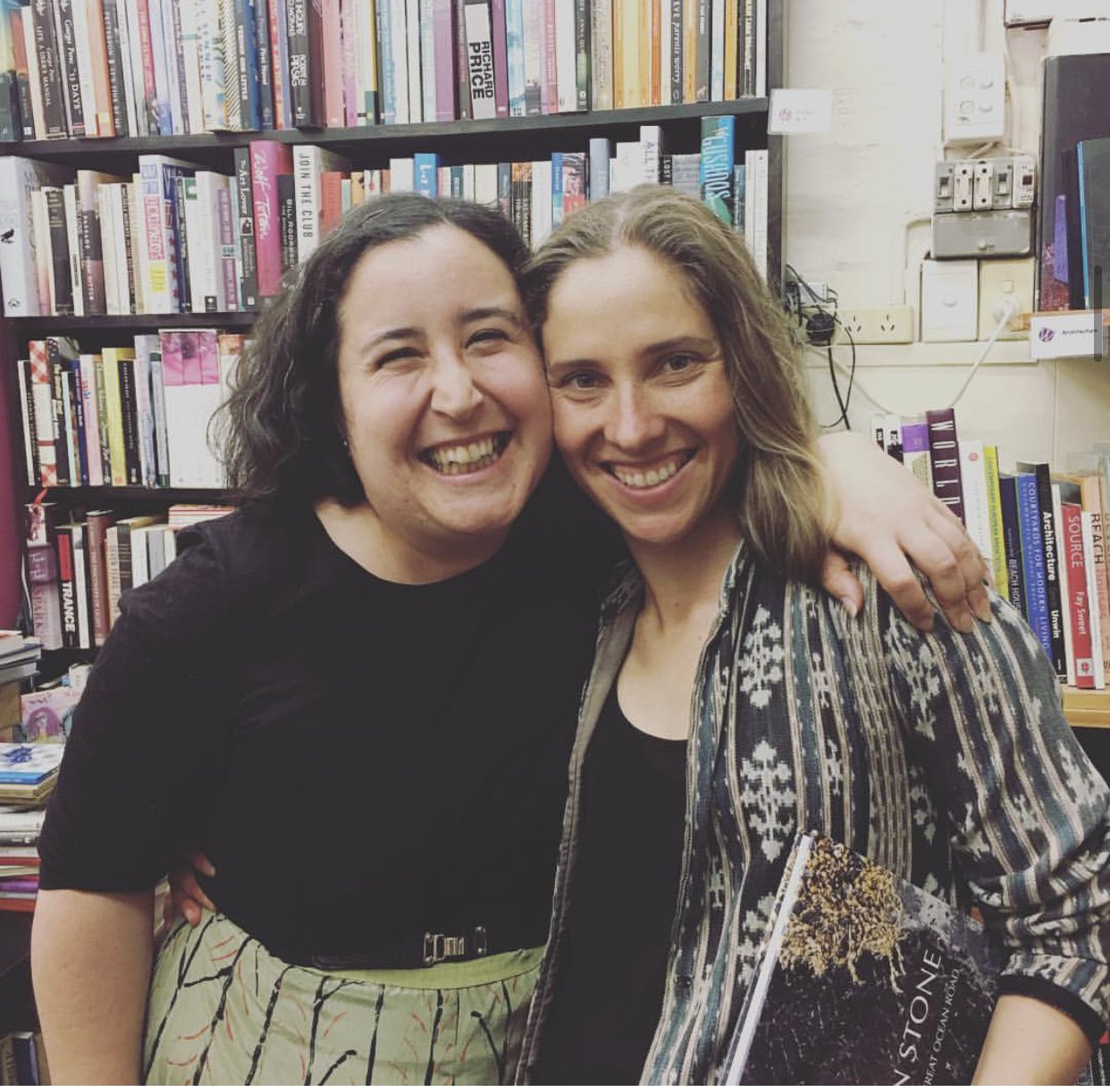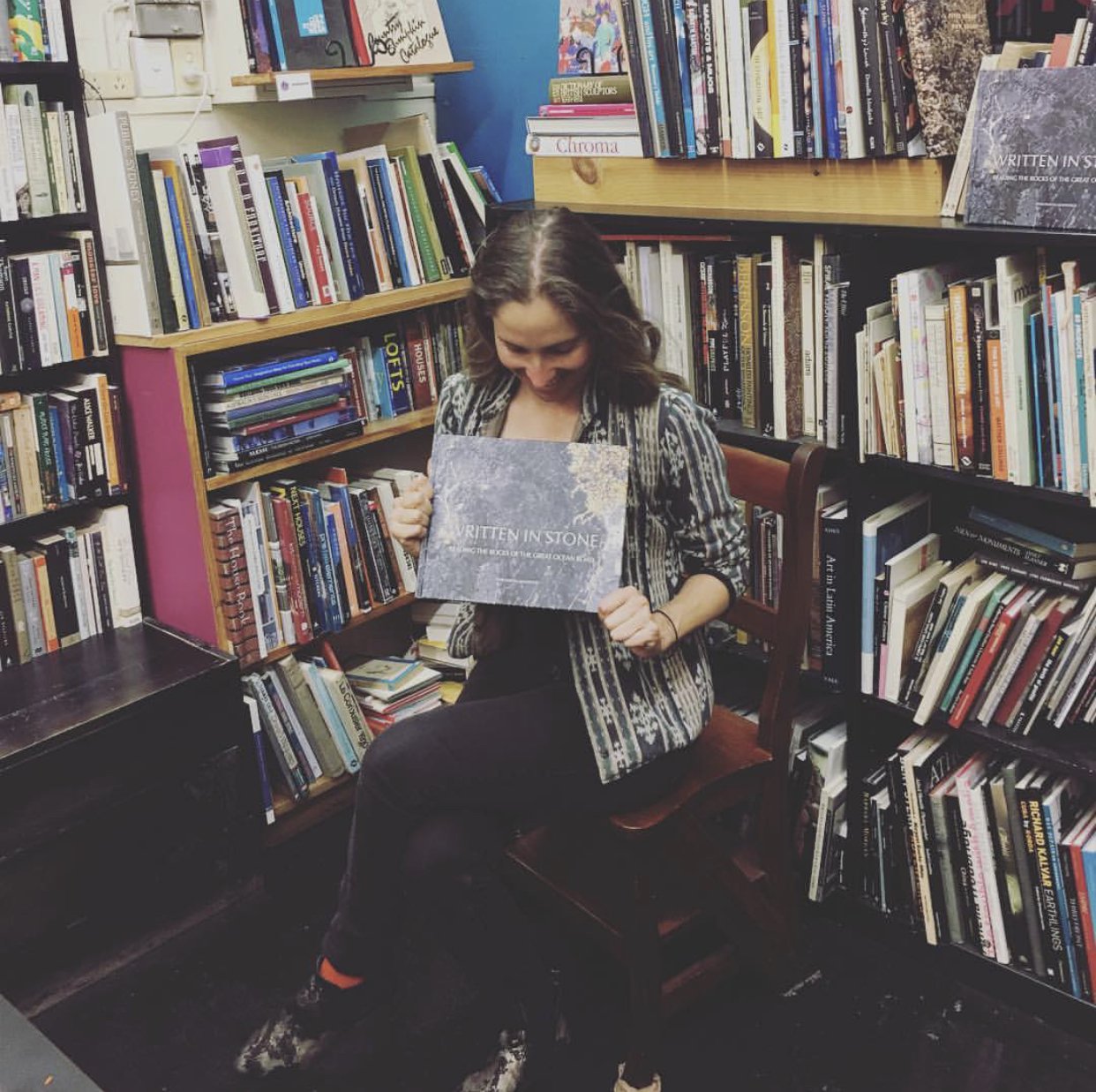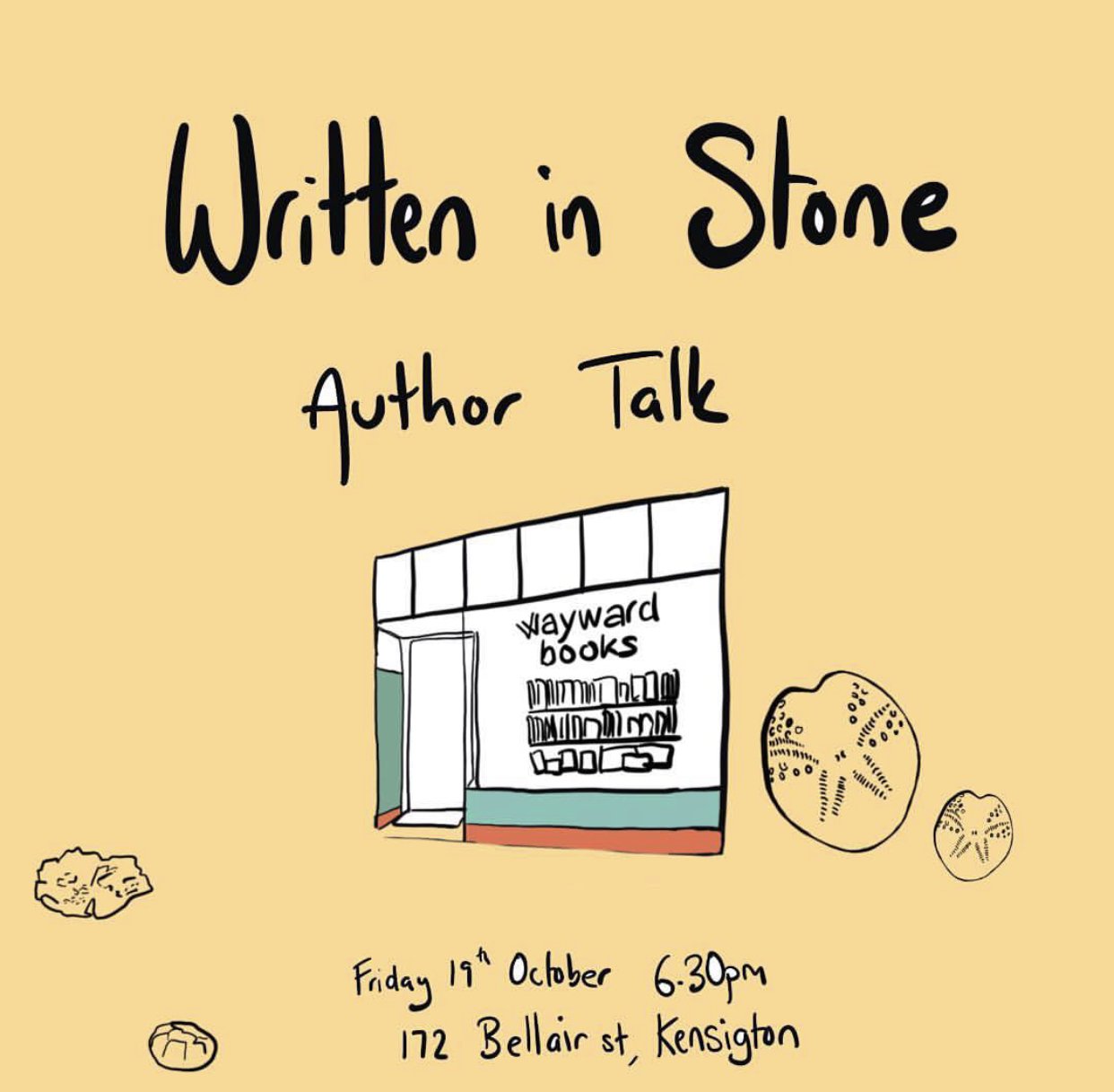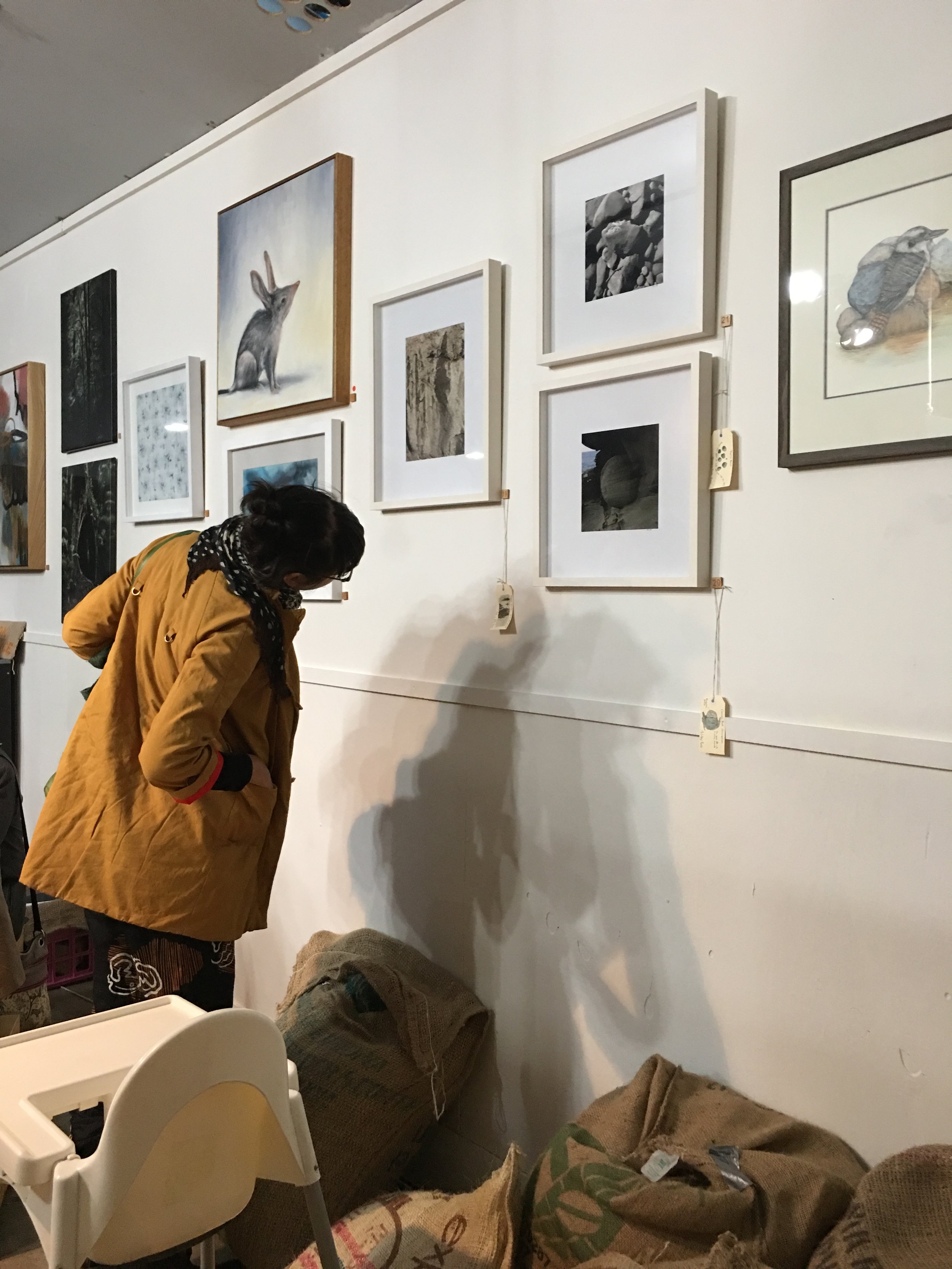Unfolding
What is it to unfold this body
on this Earth,
this 400 million-year-old
bedrock cushioned by
soils and grass
Together we settle
like deep water sediments
At first
we
mirror
shorelines
waves and currents
pulled this way and that
suspended amongst
the grit and gravel
washed from distant mountains
from histories that shaped us, crafted us.
we fell from waterfalls
rolled in cataracts and tumbled in rivers
together, swept from Gondwanan shorelines
We are now,
drifting
suspended
supported
embraced in shallow blue waters
benthic creatures crawl beneath us,
trilobites with hard shells and flat bodies,
snail-like gastropods, corals and speckled starfish.
We drift further, lighter
shell grit, mica, and quartz roll and wash beneath us
we settle more,
tension
drops like sand
through water
Sediments
settling to this
Silurian sea floor
We travel
on currents
following upwellings,
eddies and conveyor belts
falling as turbidities,
vast underwater landslides
caught in oceanic gyres
channels of water
churned by
equatorial winds.
It is a
deeper ocean now
the water is clearer
We are fine particles of clay
drifting down through
sunlit water columns
graptolites, communities
of micro animals
float by us
in the deep
their bodies
wavy fern-like threads
all settling down
together
layer upon layer upon
layer. Sand, mud, silt.
We are all this
sediments settled
on a distant sea floor
We are earth now
a cycle
finding our way back, across millions of years
to Mountains,
to folding, rolling, faulting, rising earth
to road cuttings
and soft grass
To this moment now
bodies settled like deep water sediments
lying here, resting on
oceanic bedrock that was once mountains
that is now, making its way back to the sea
along a river, in currents and eddies.

